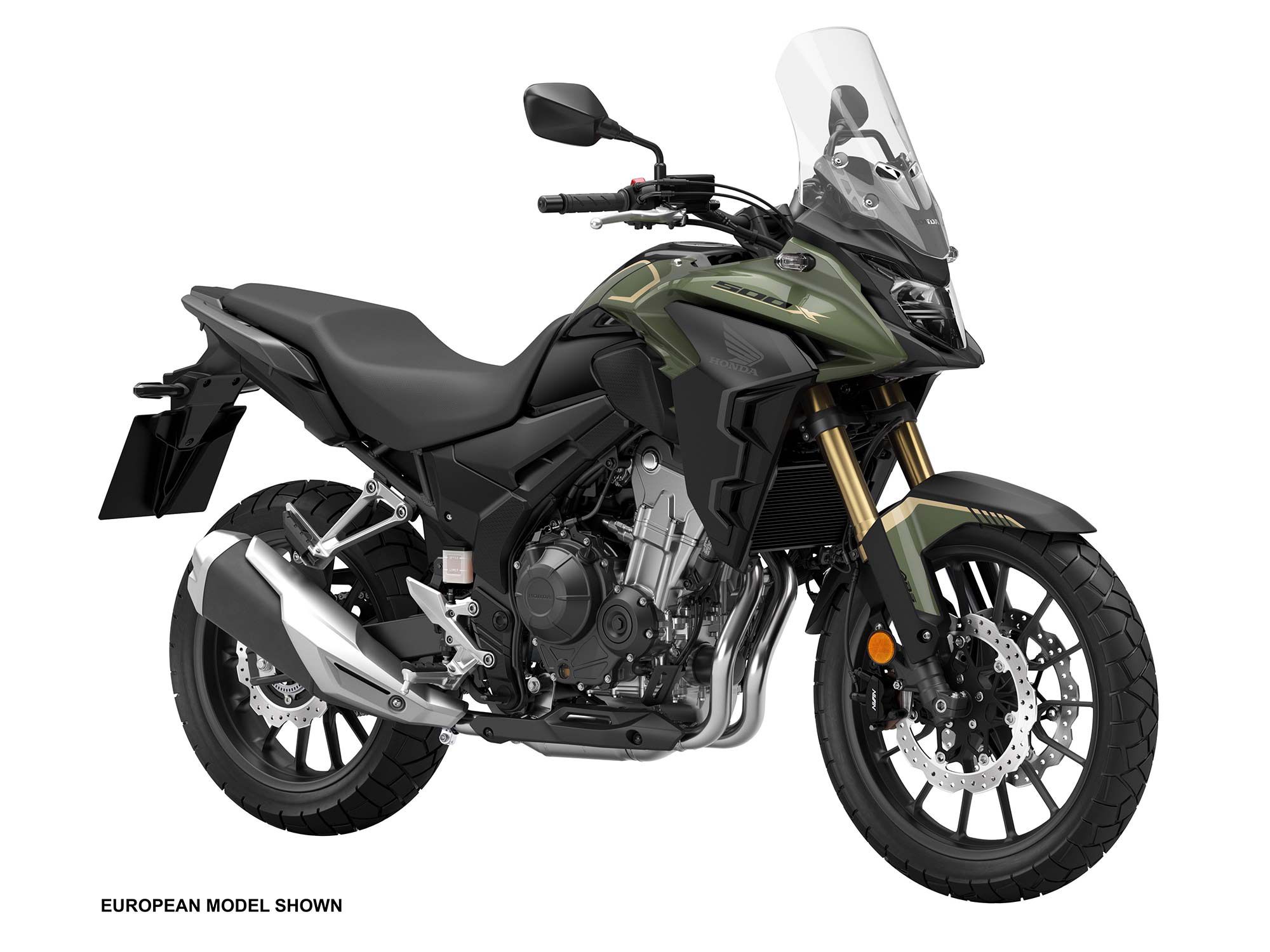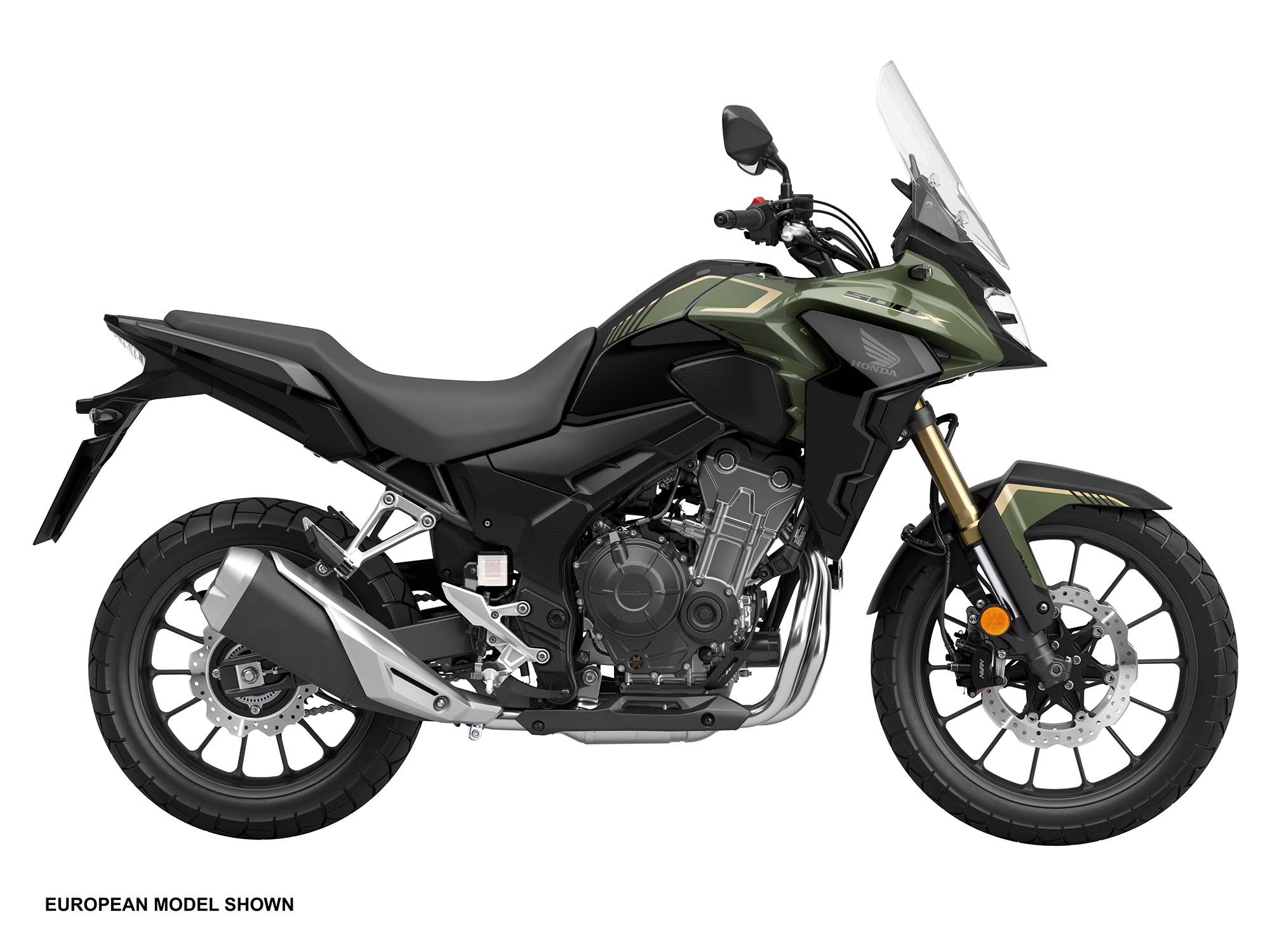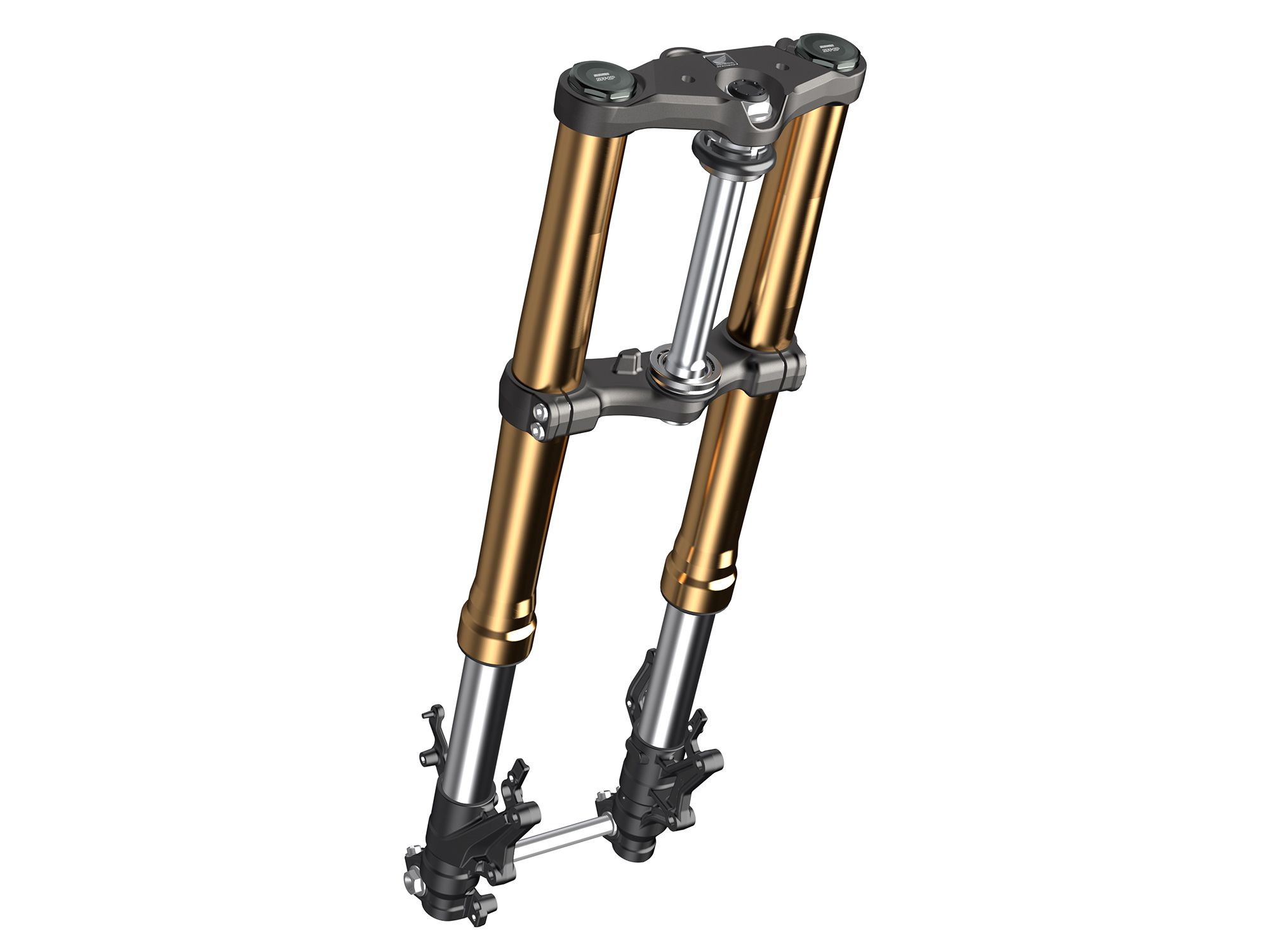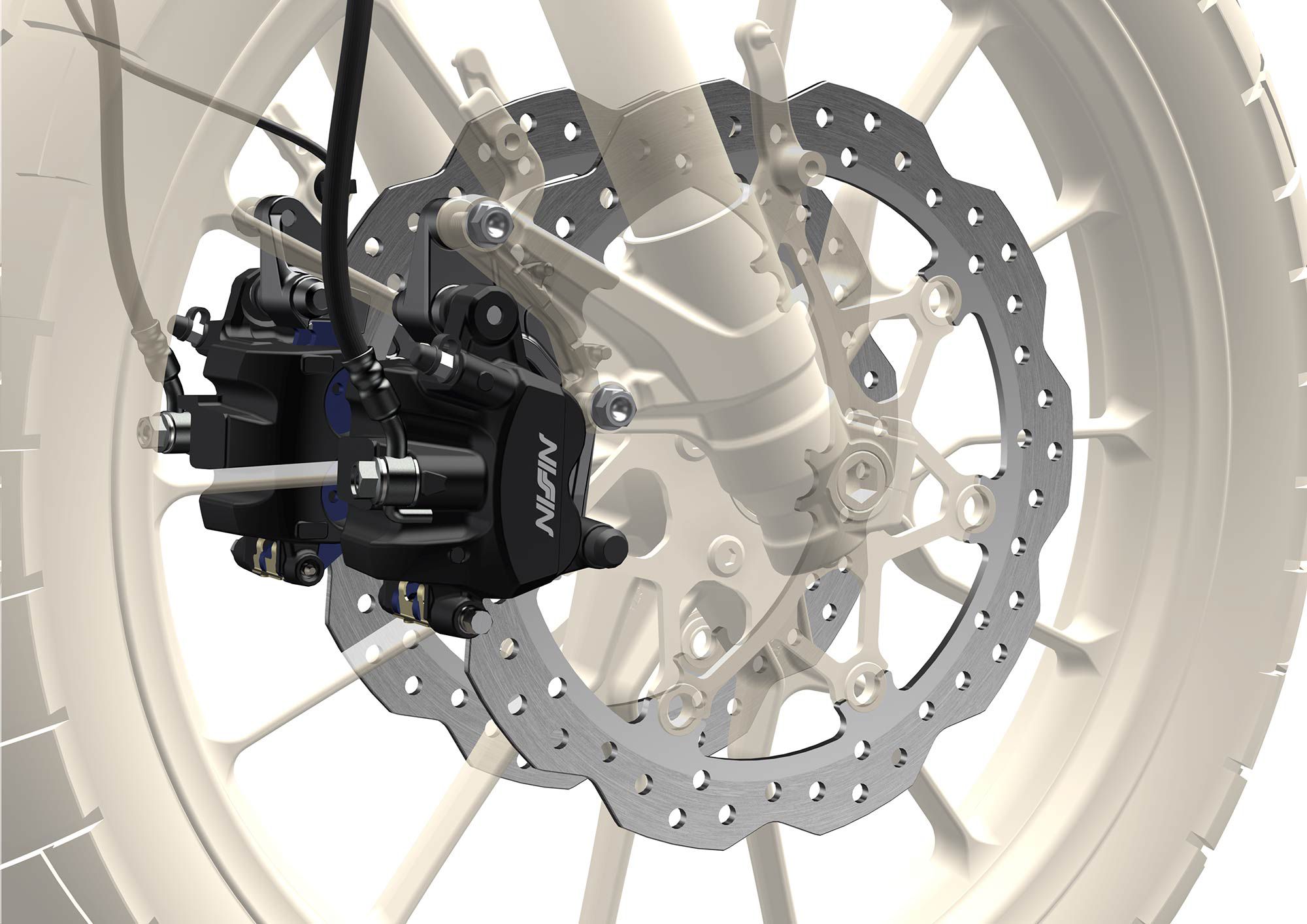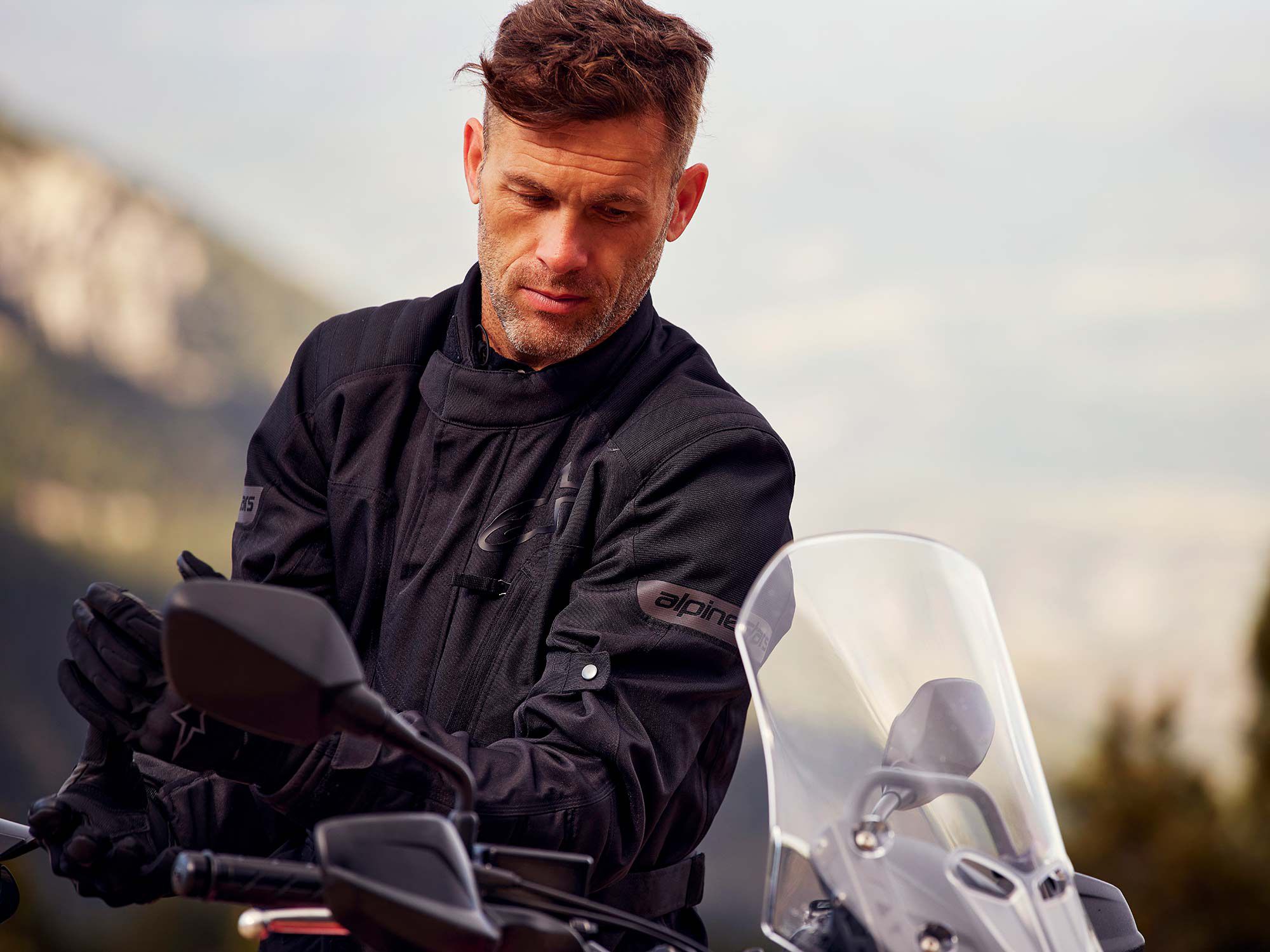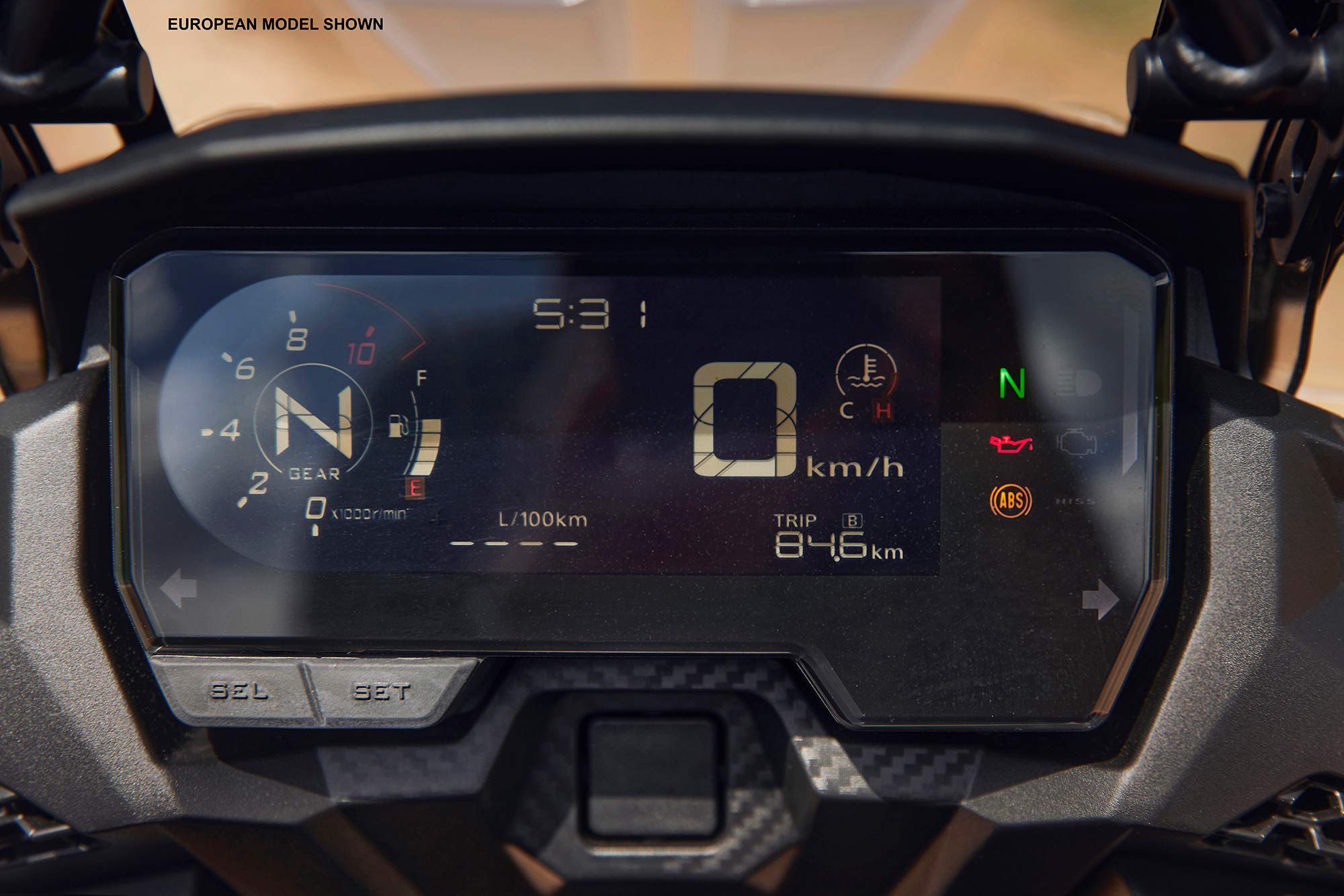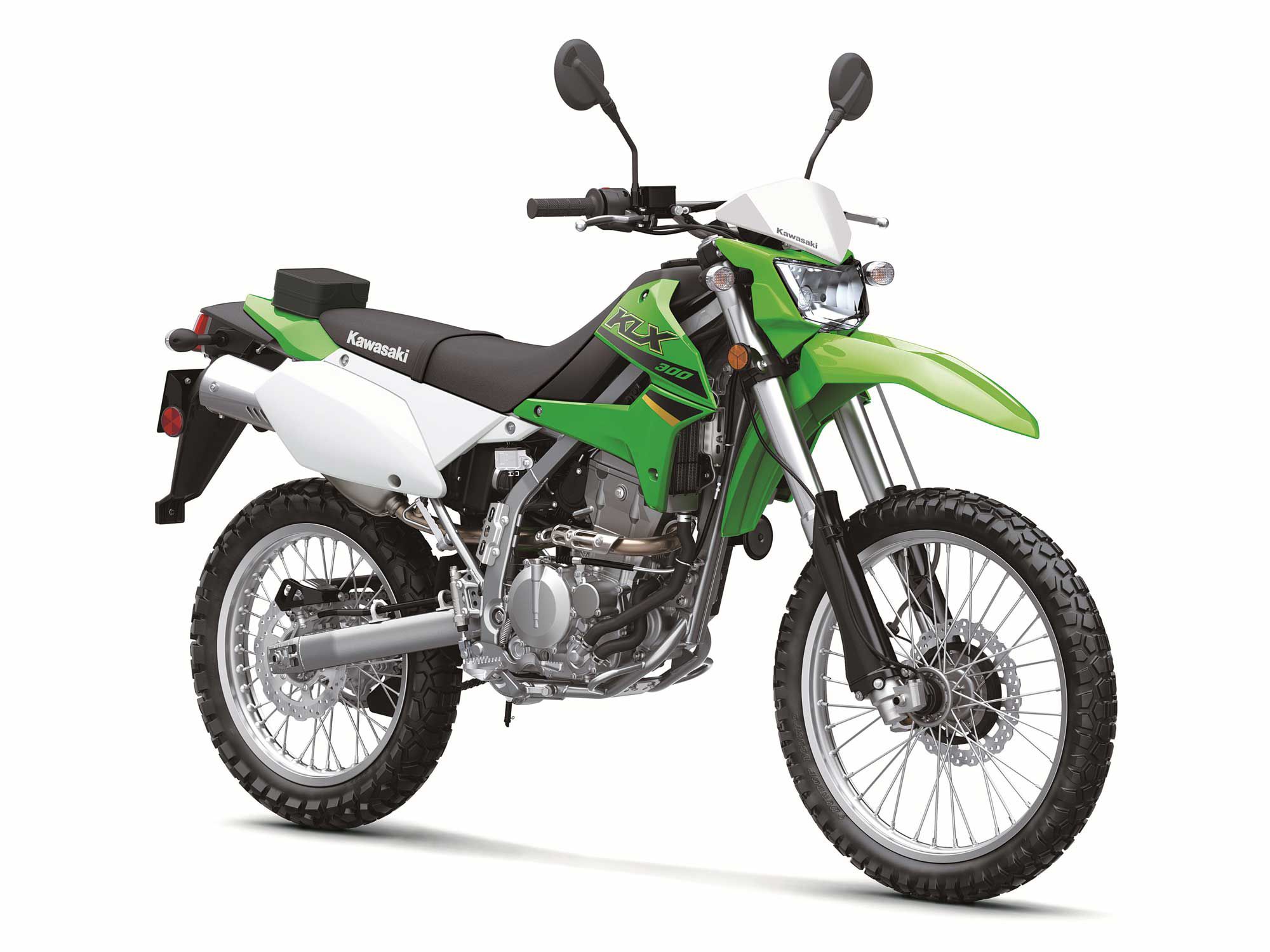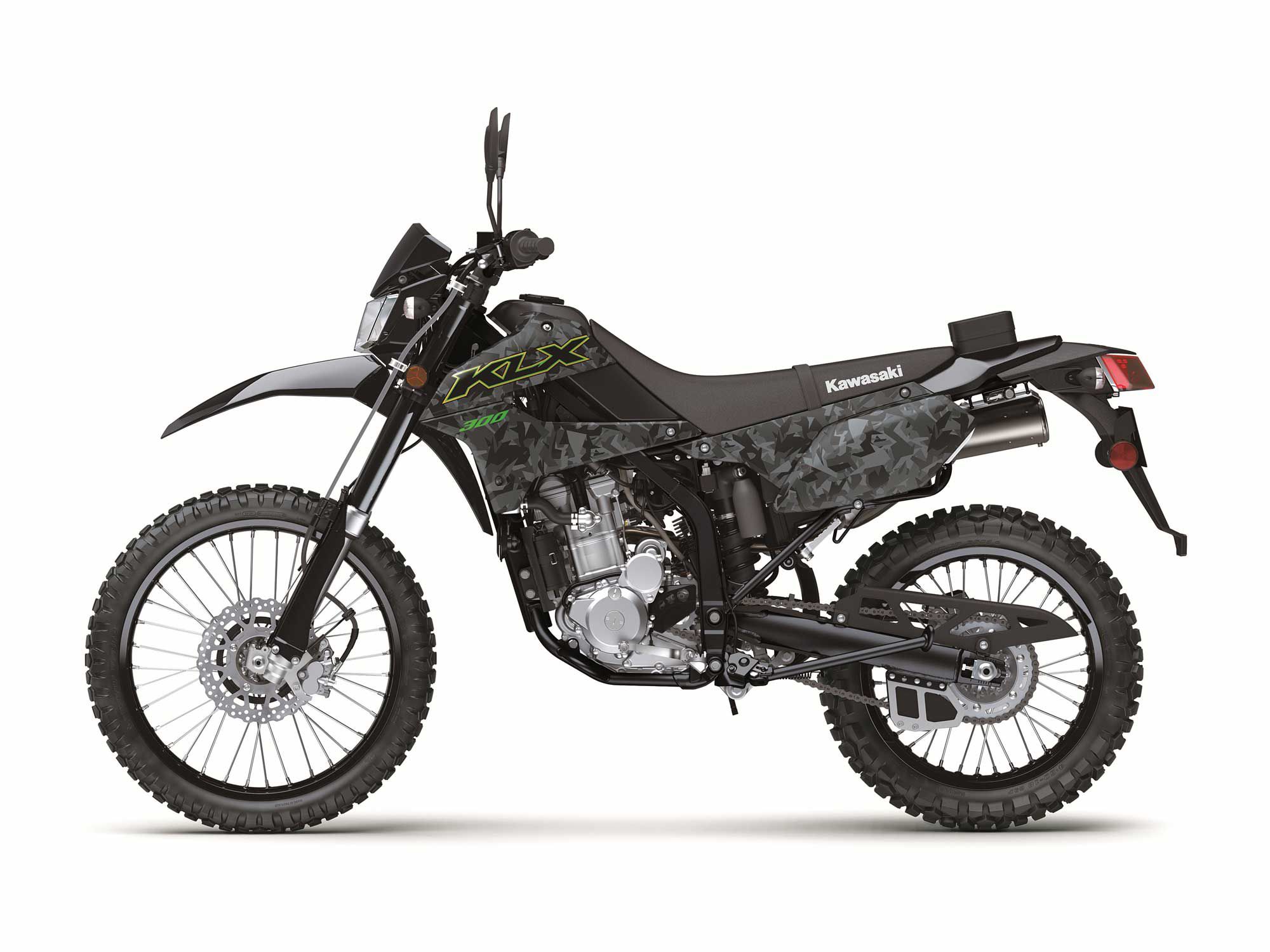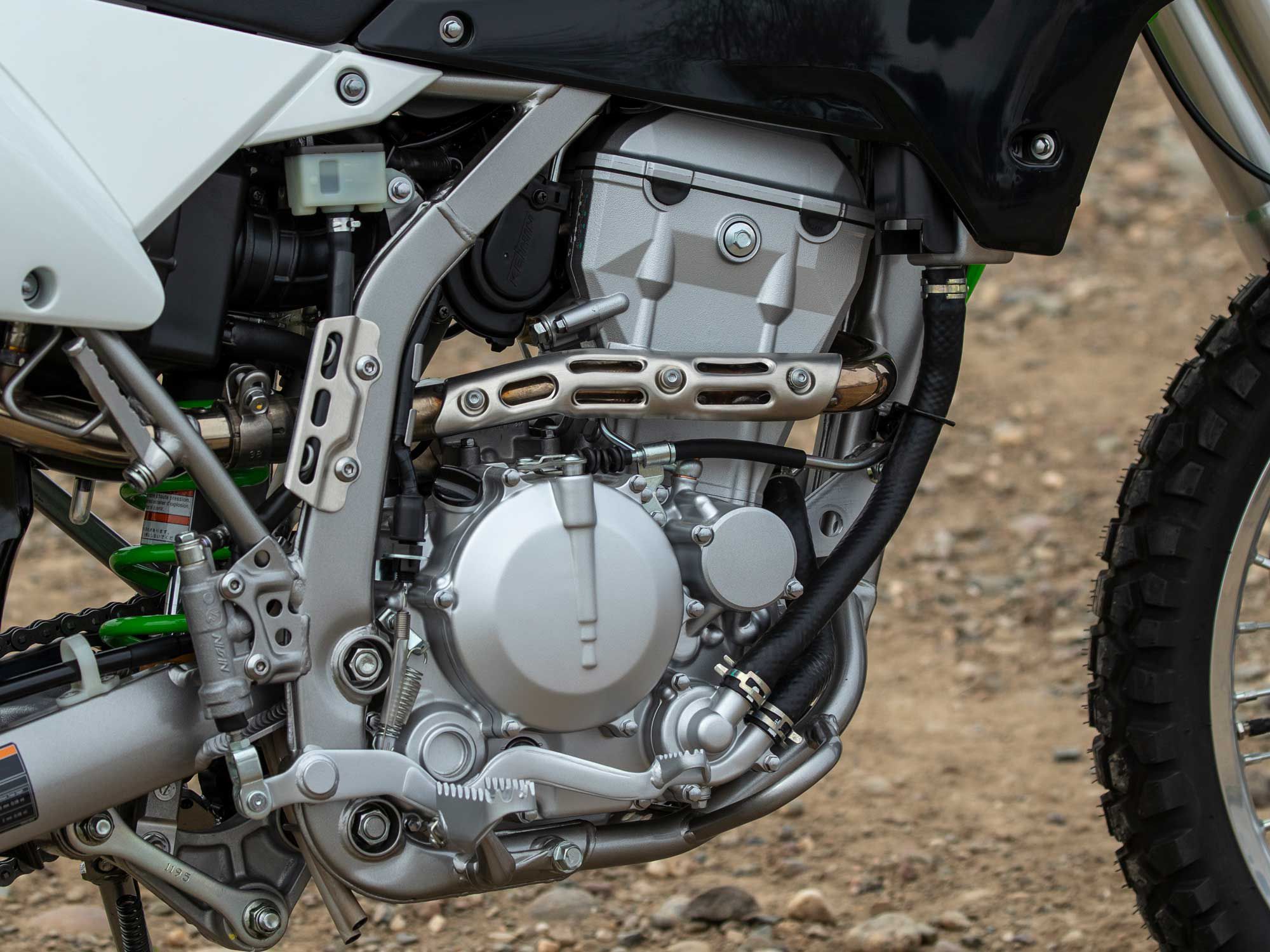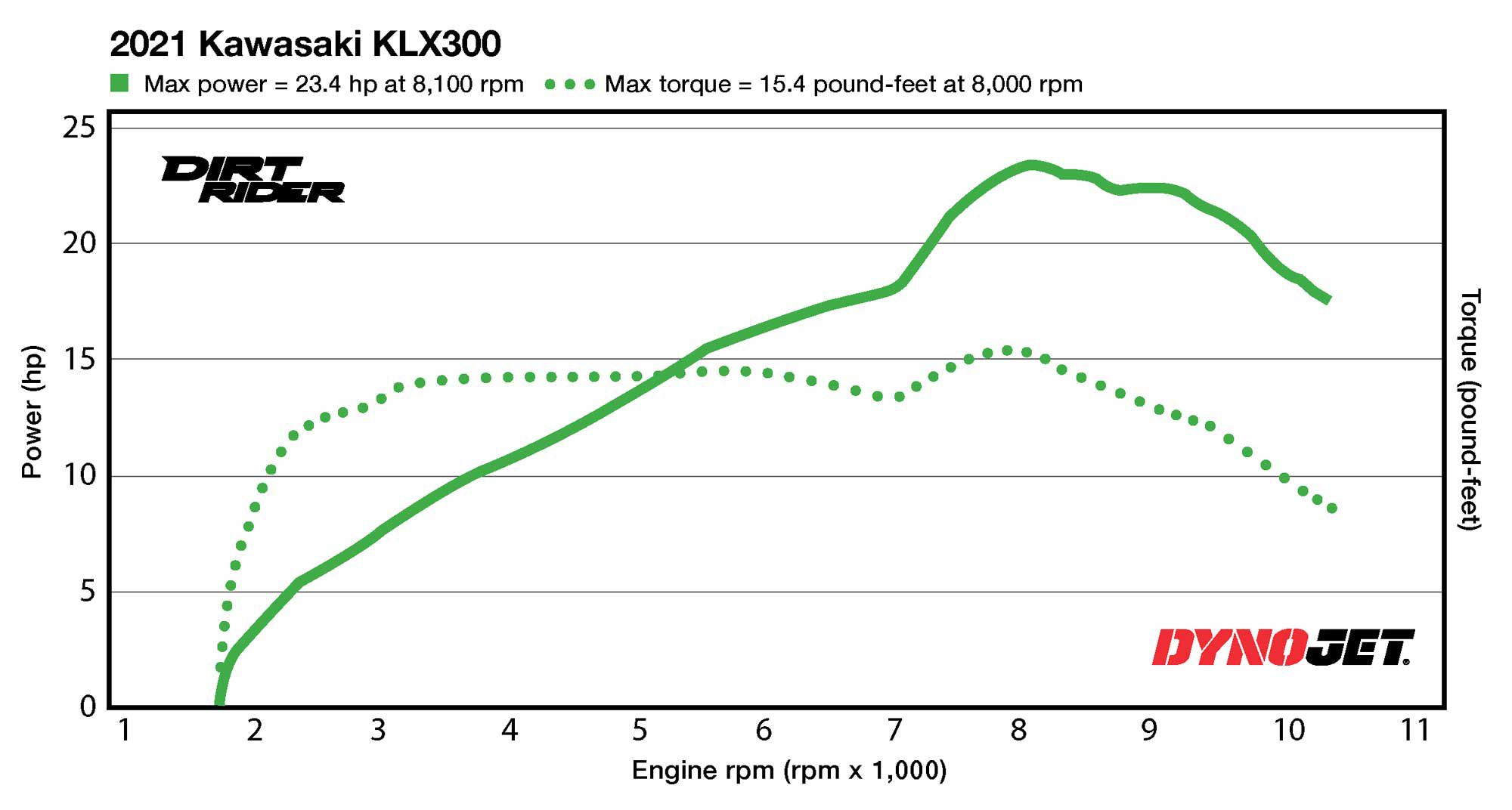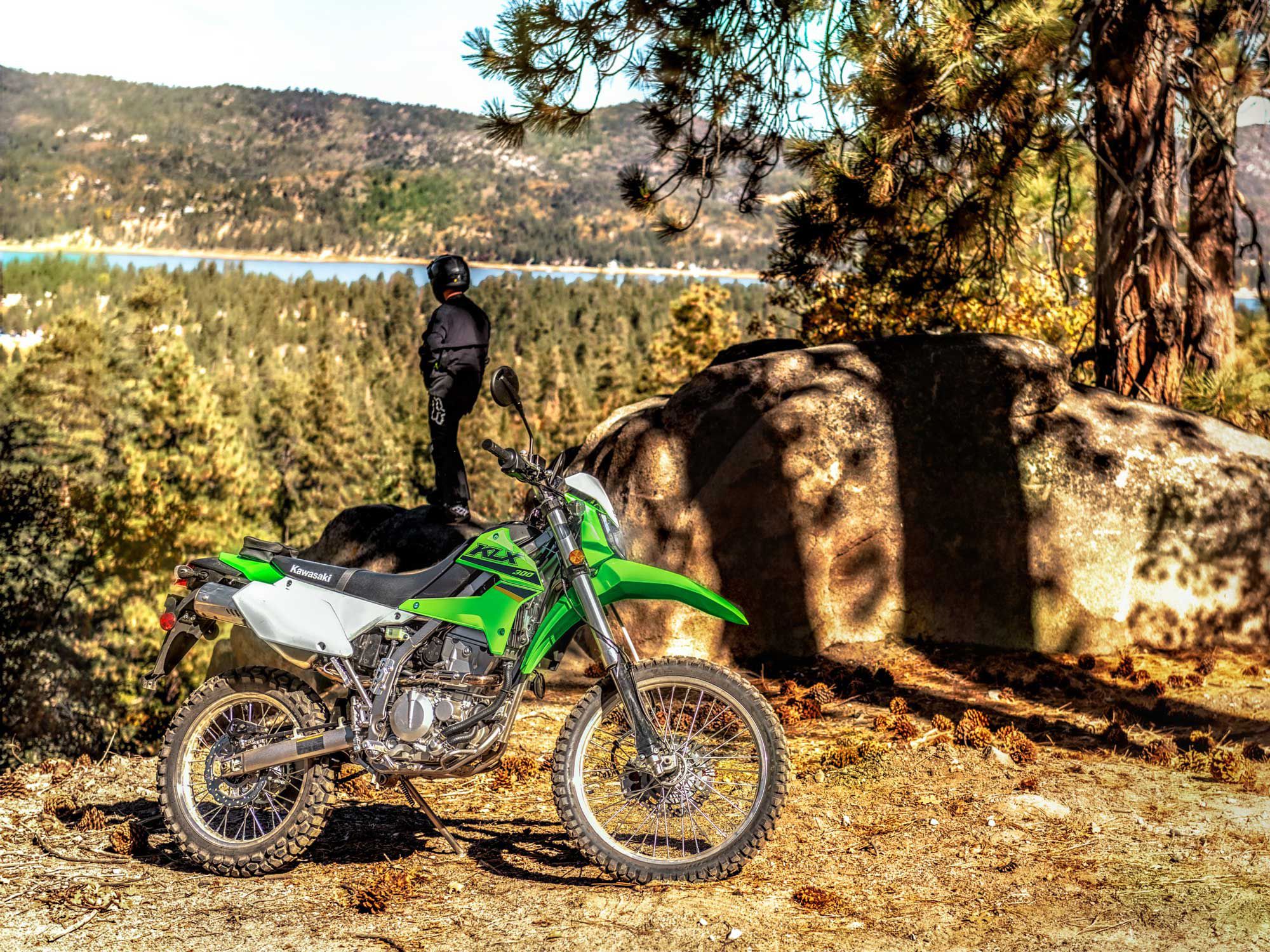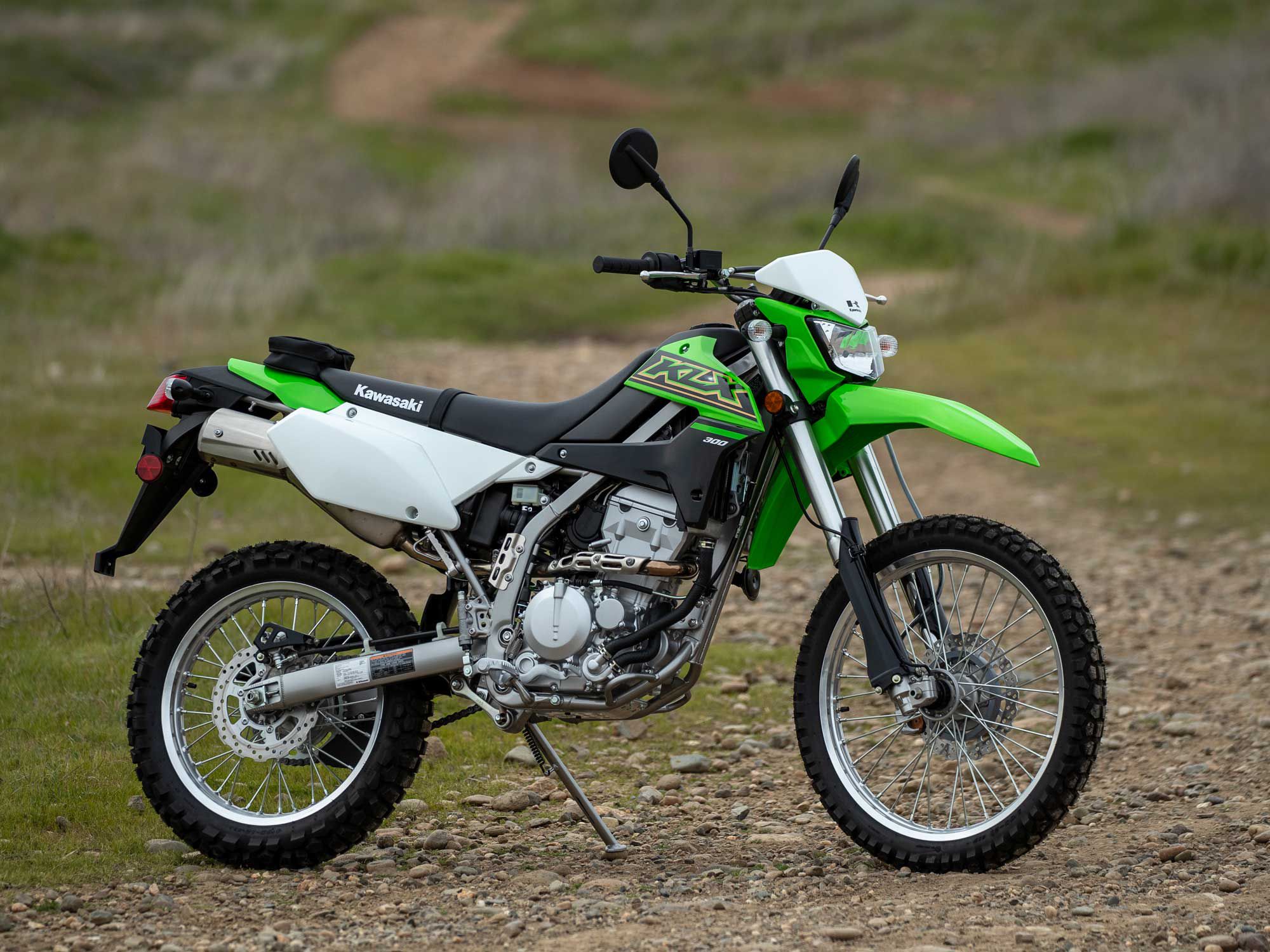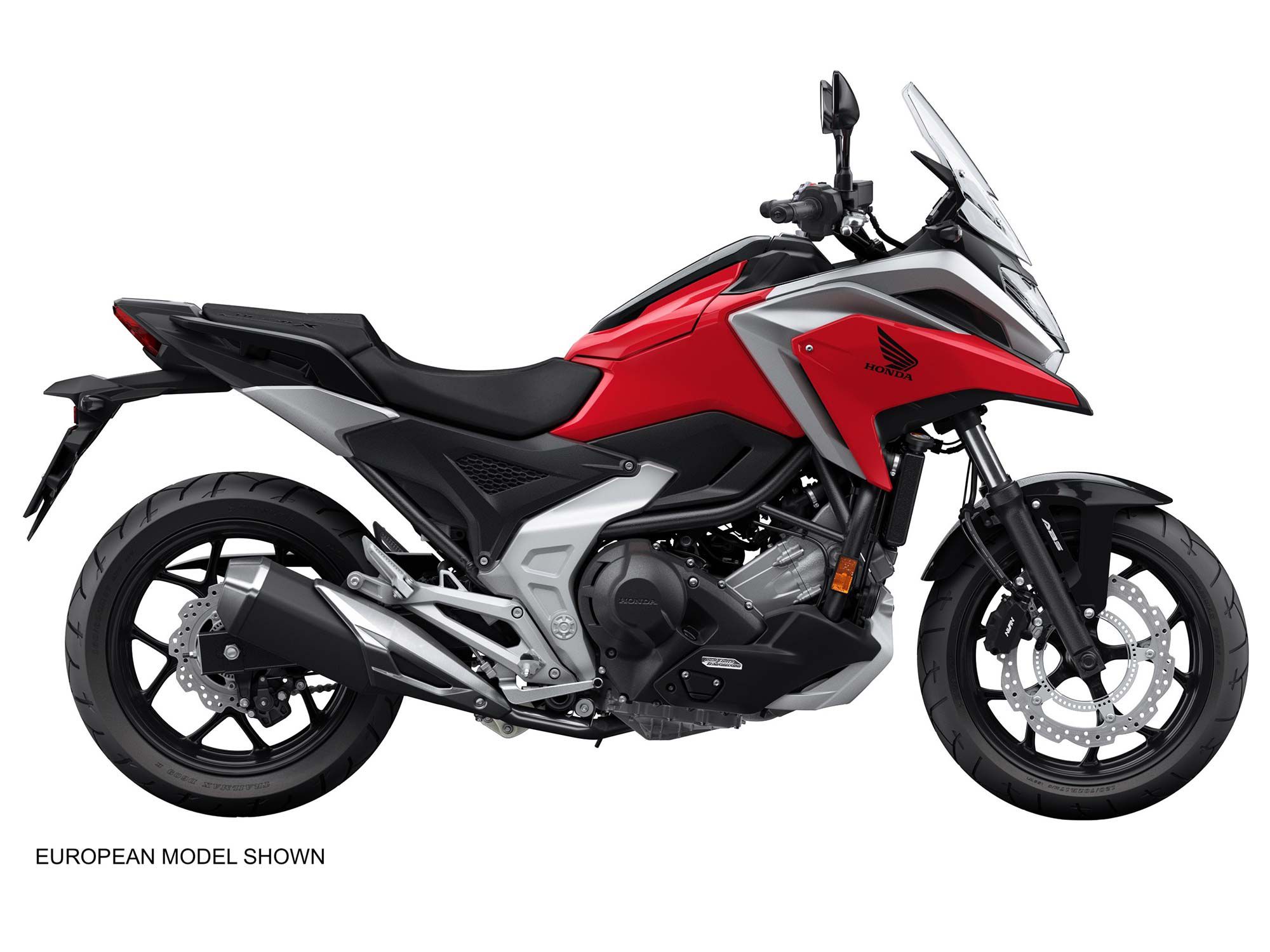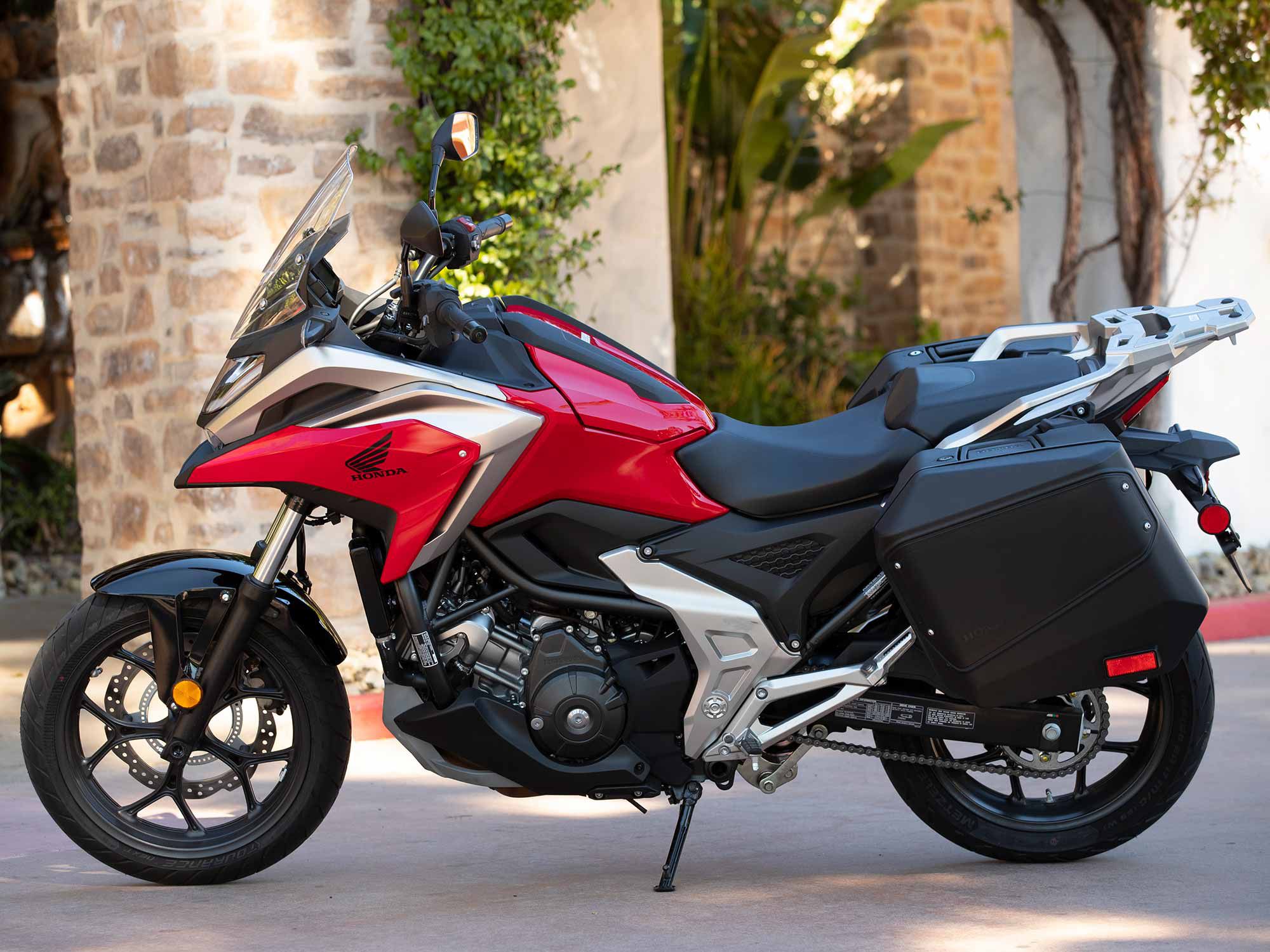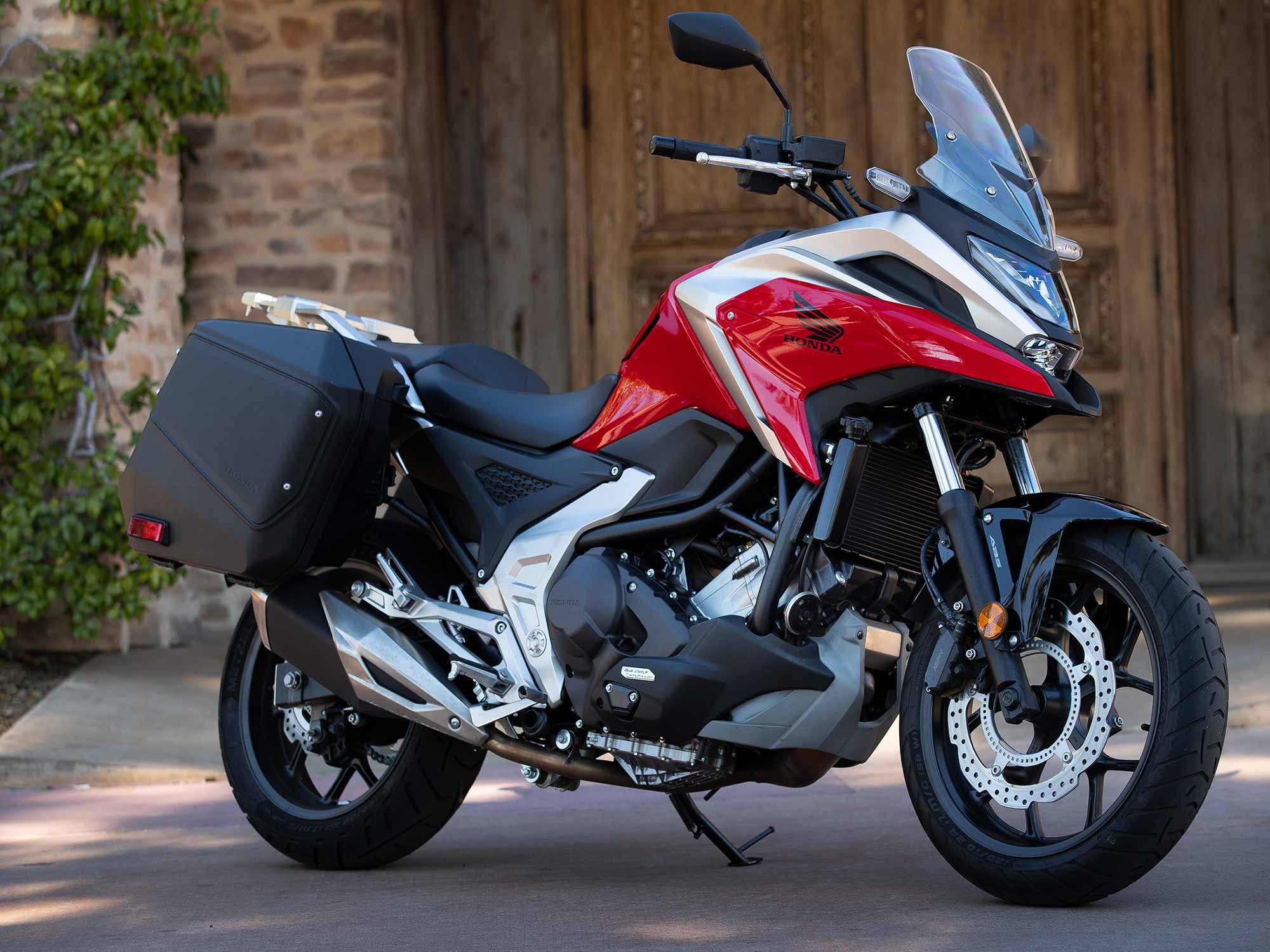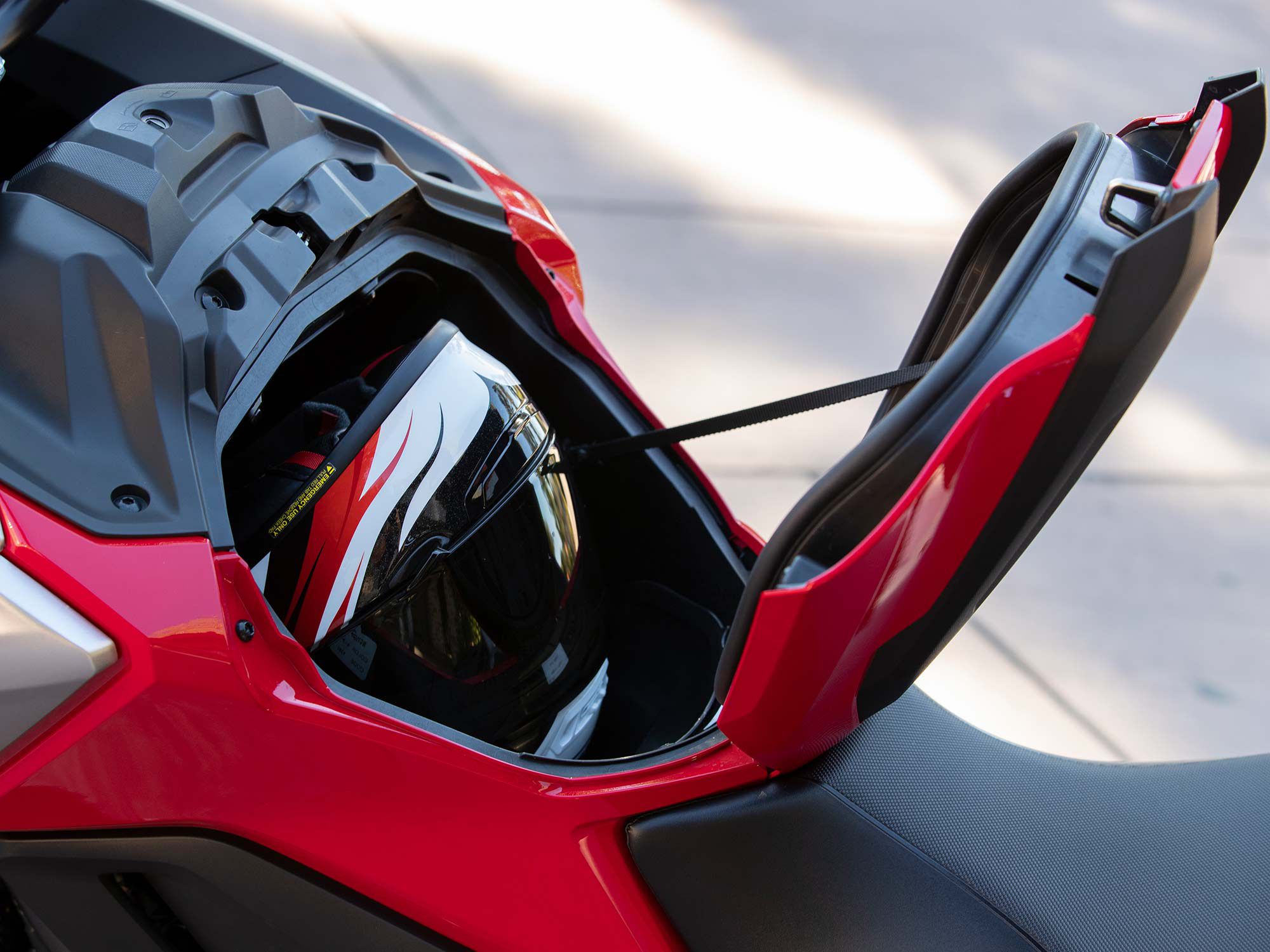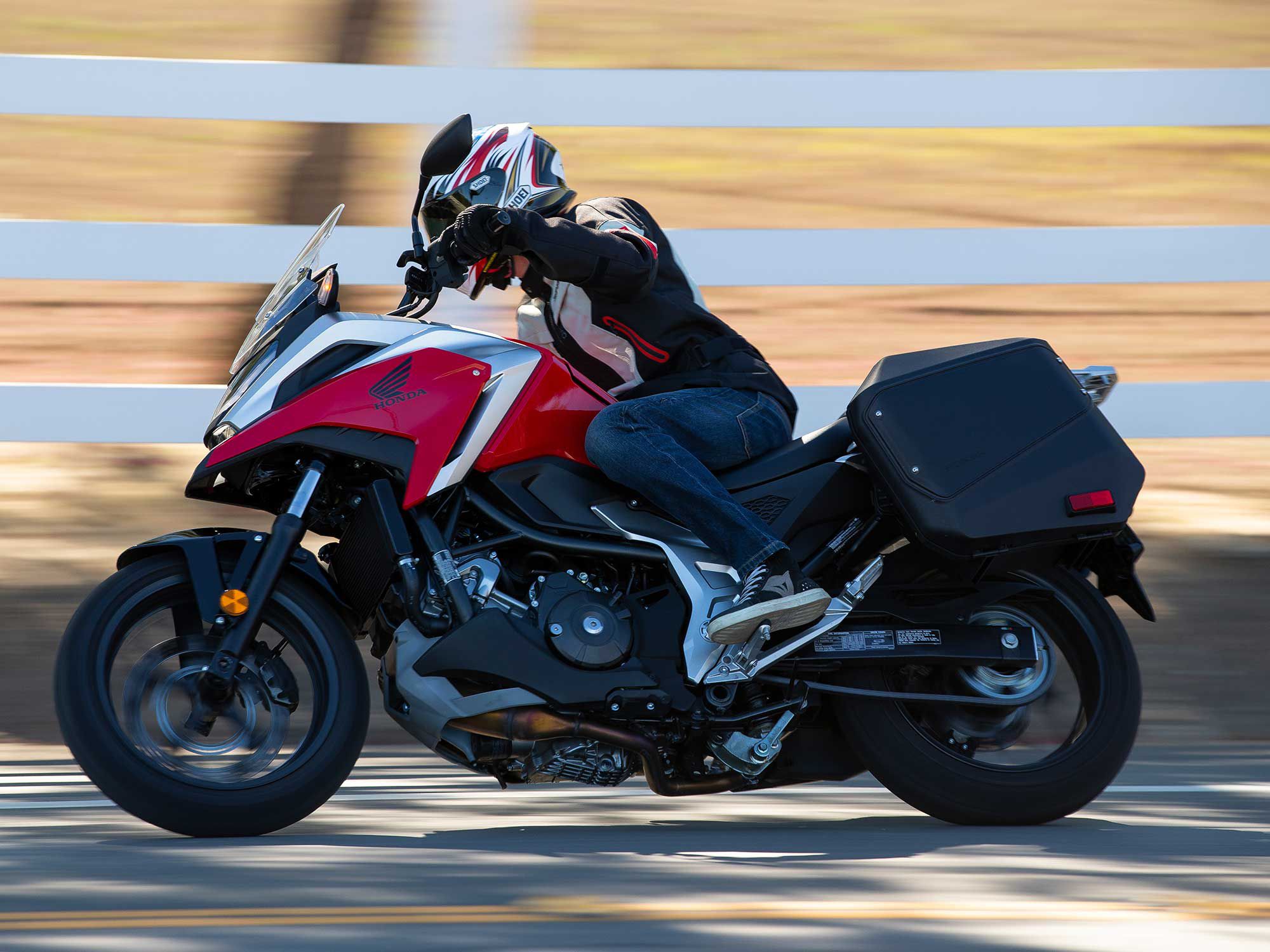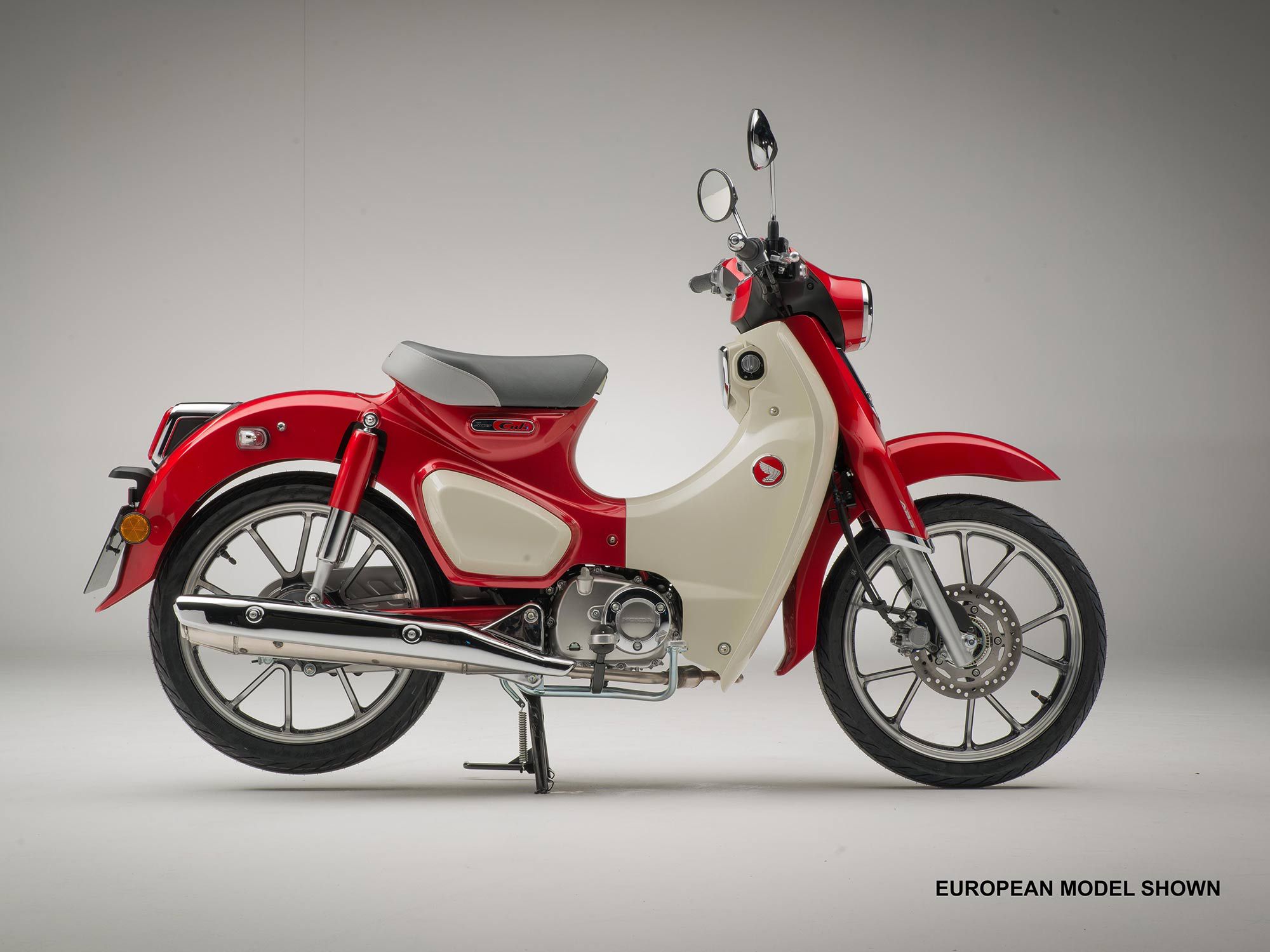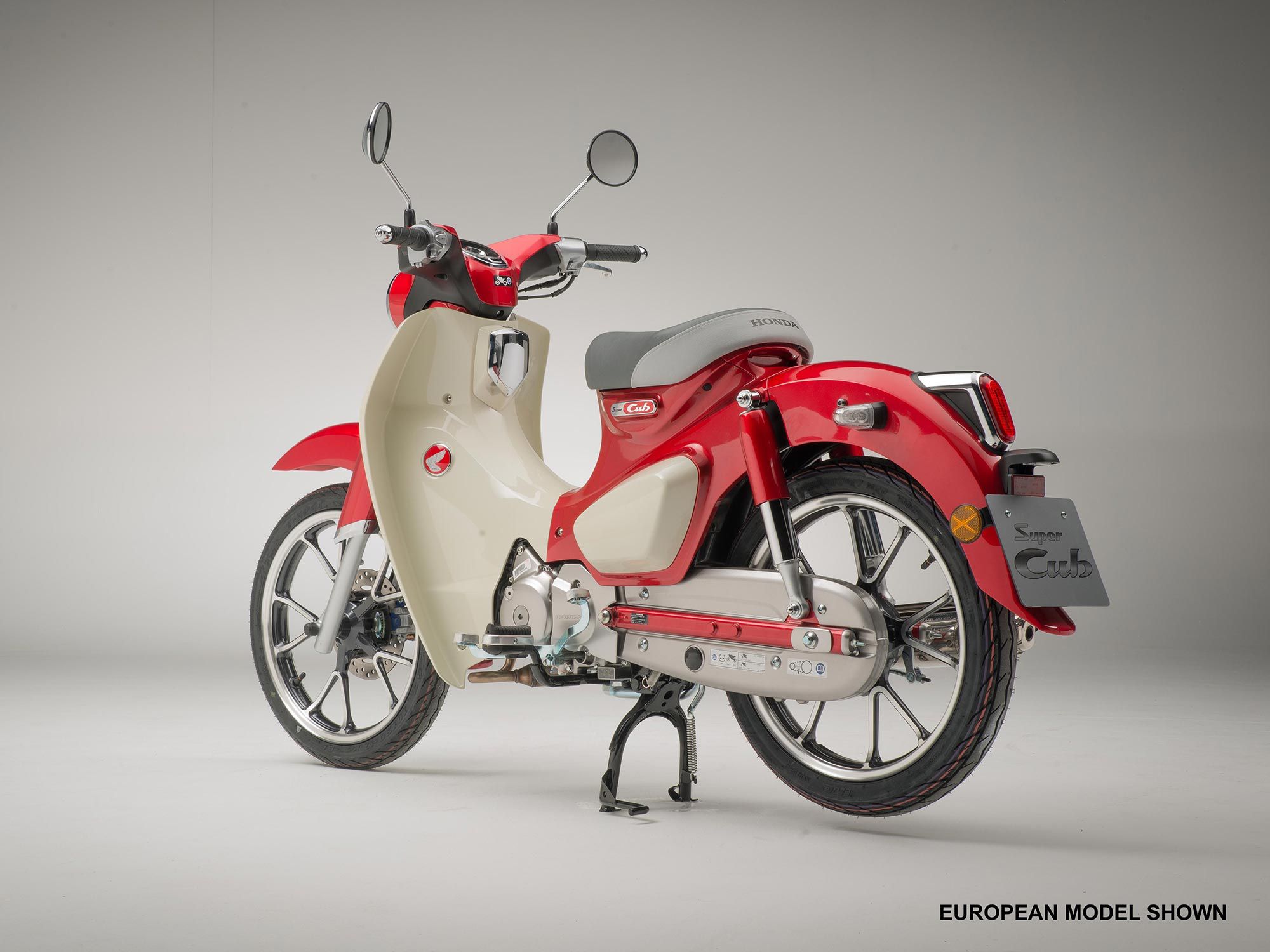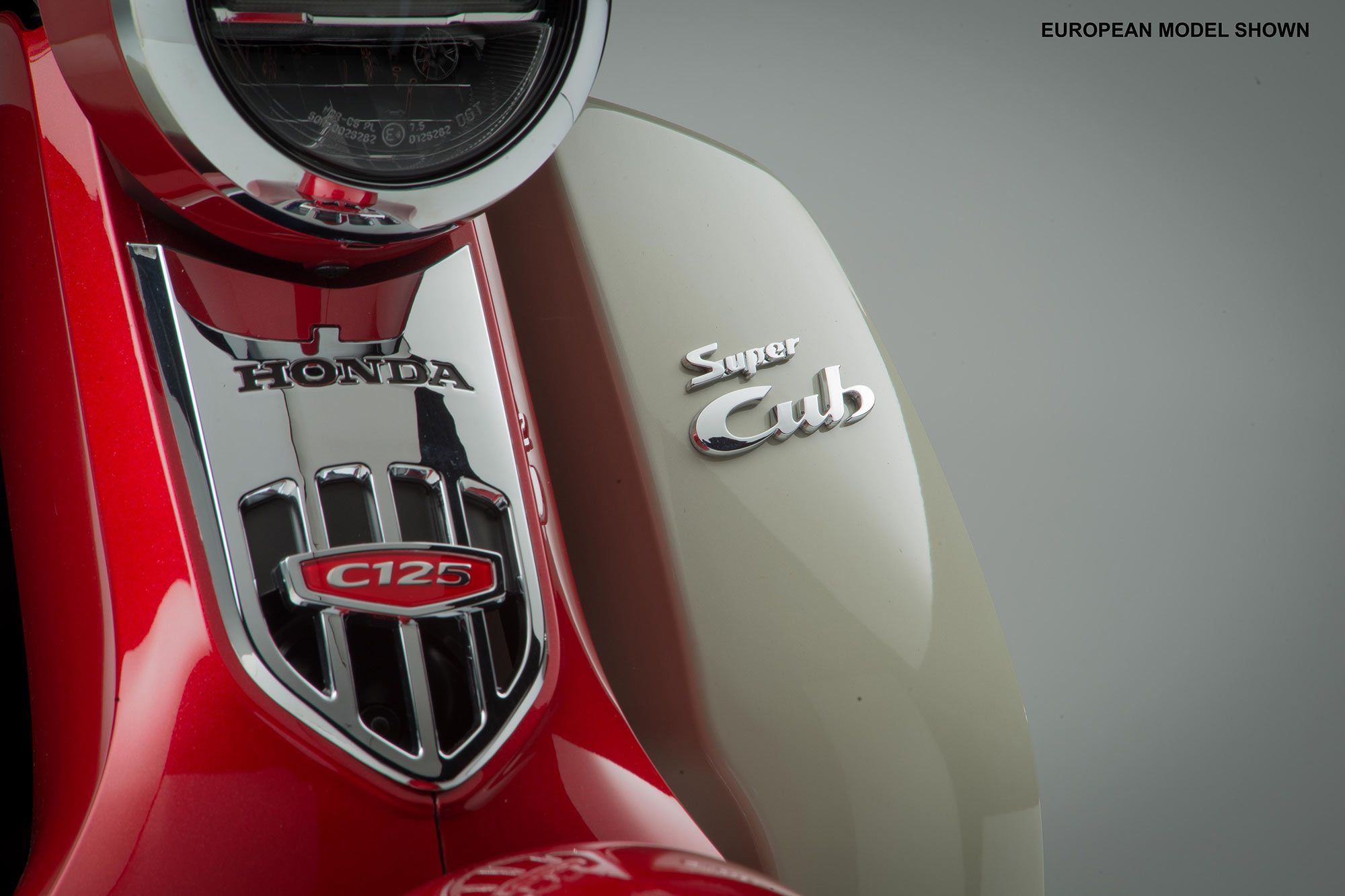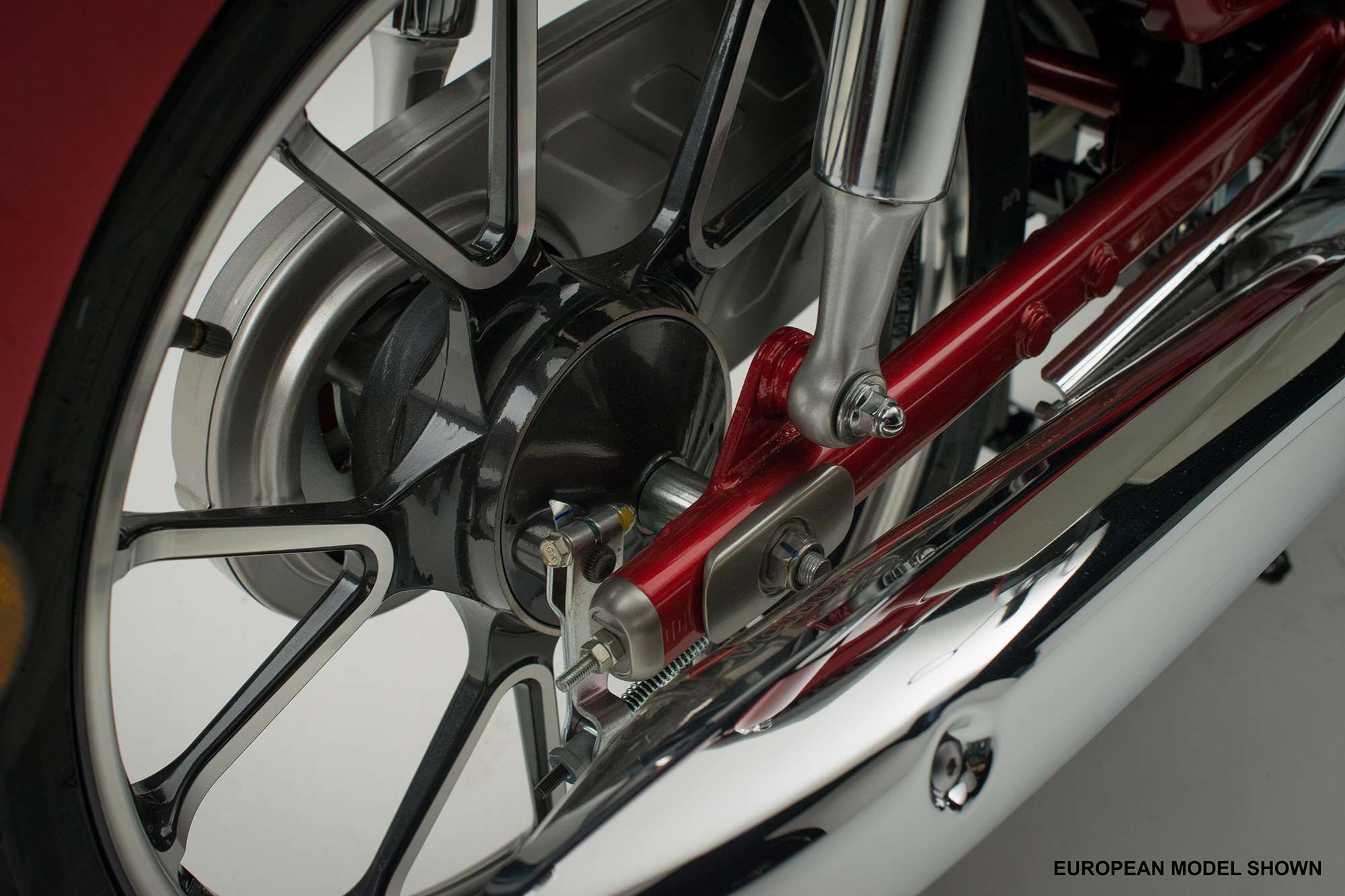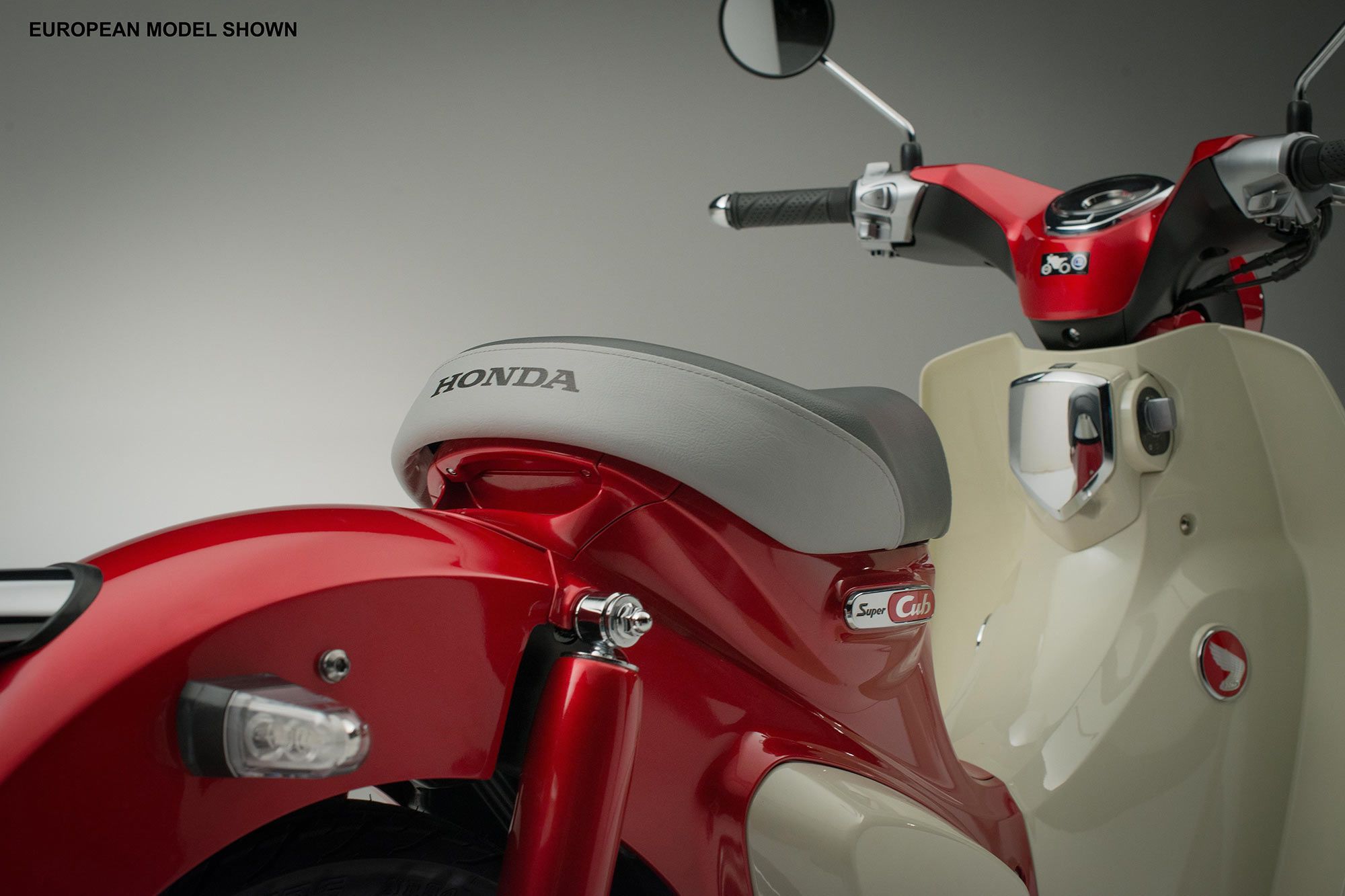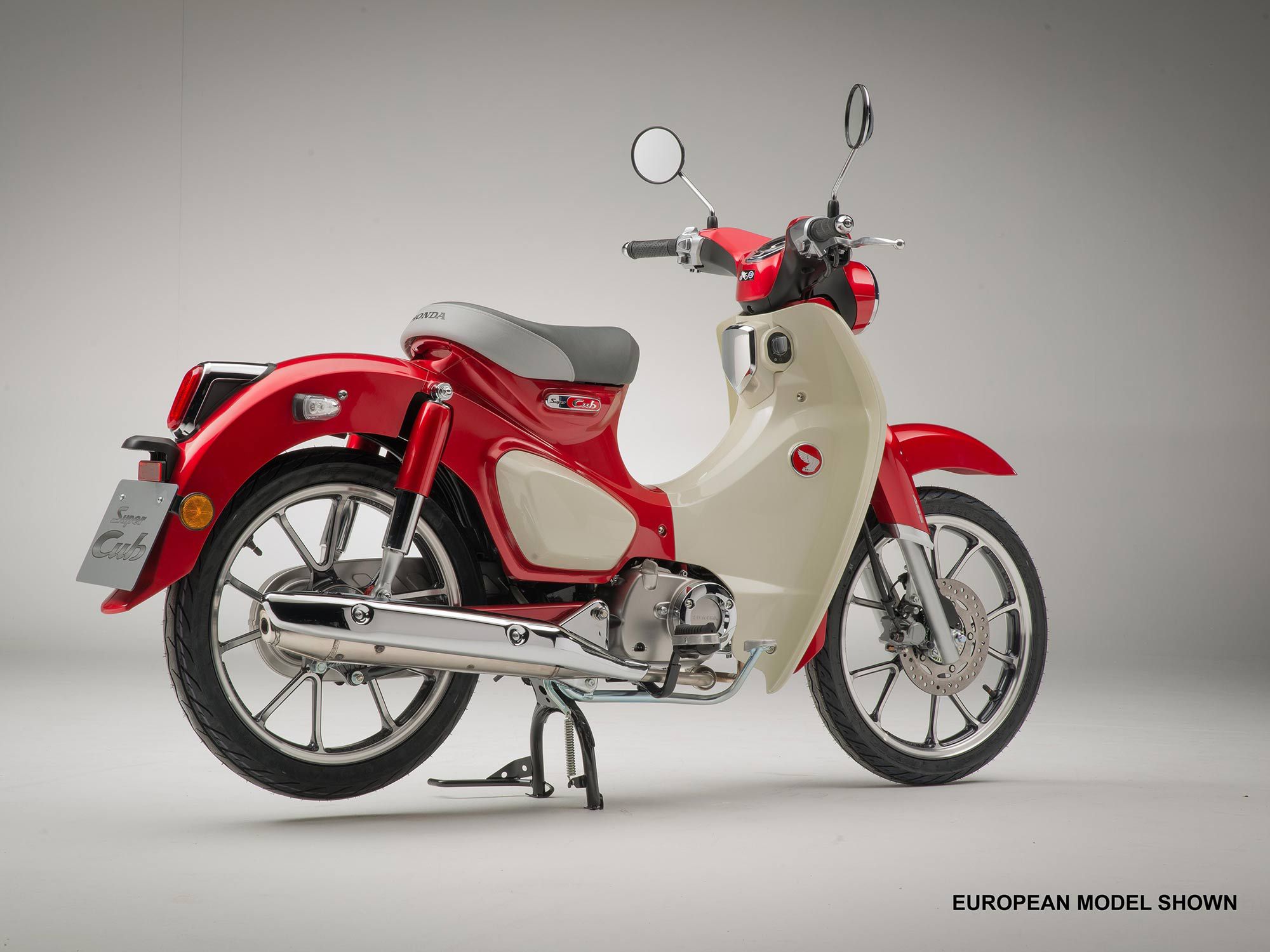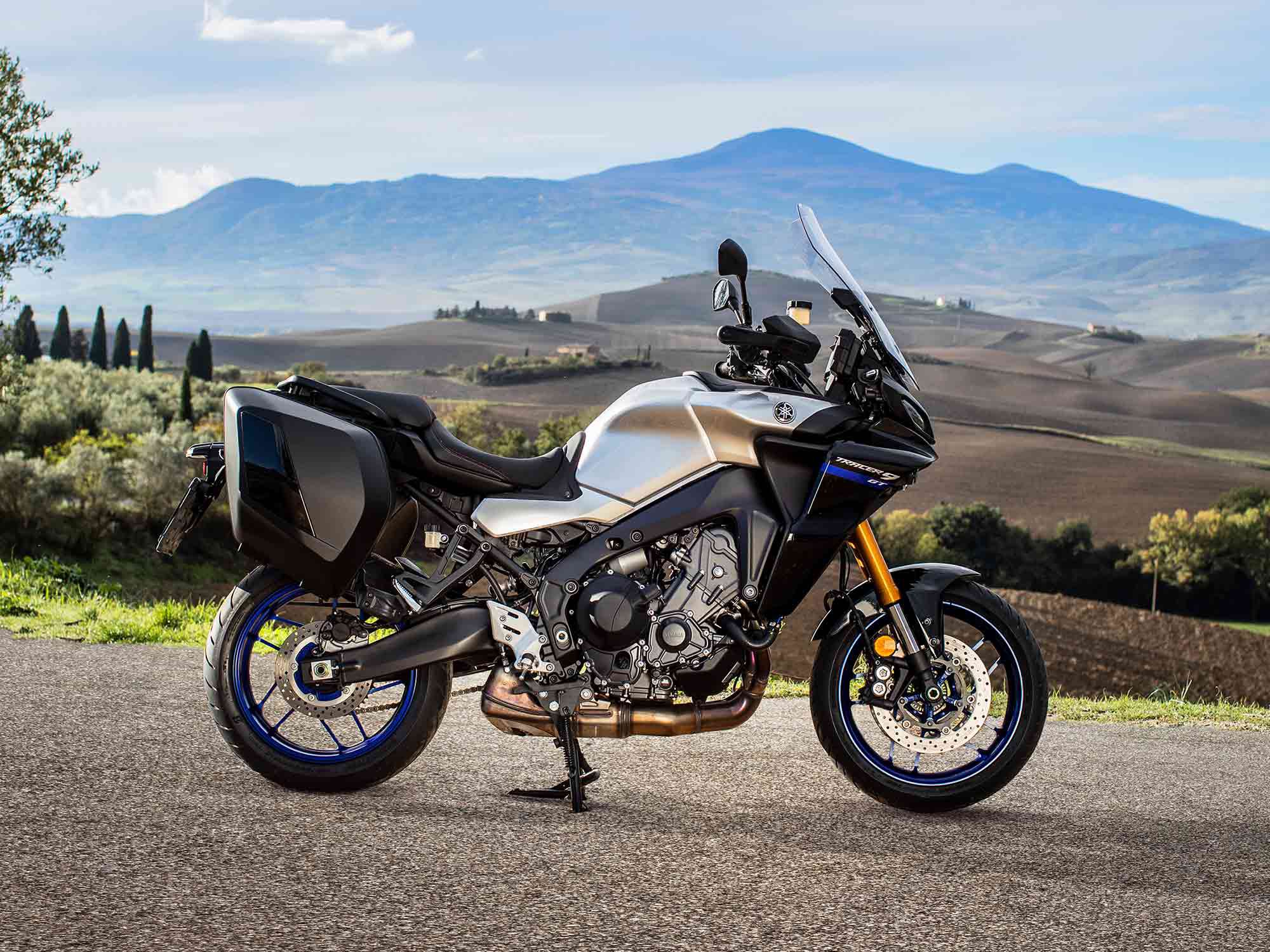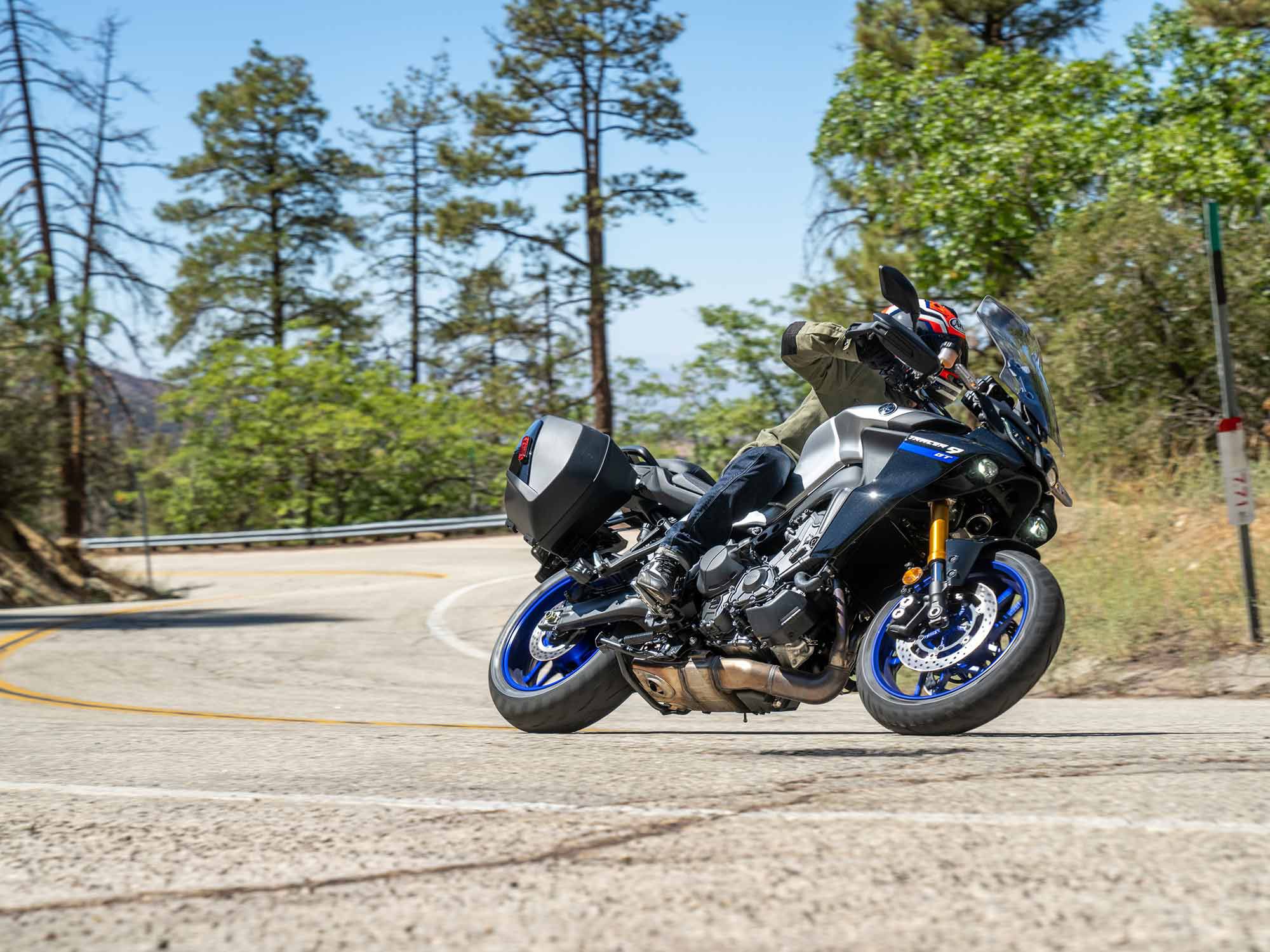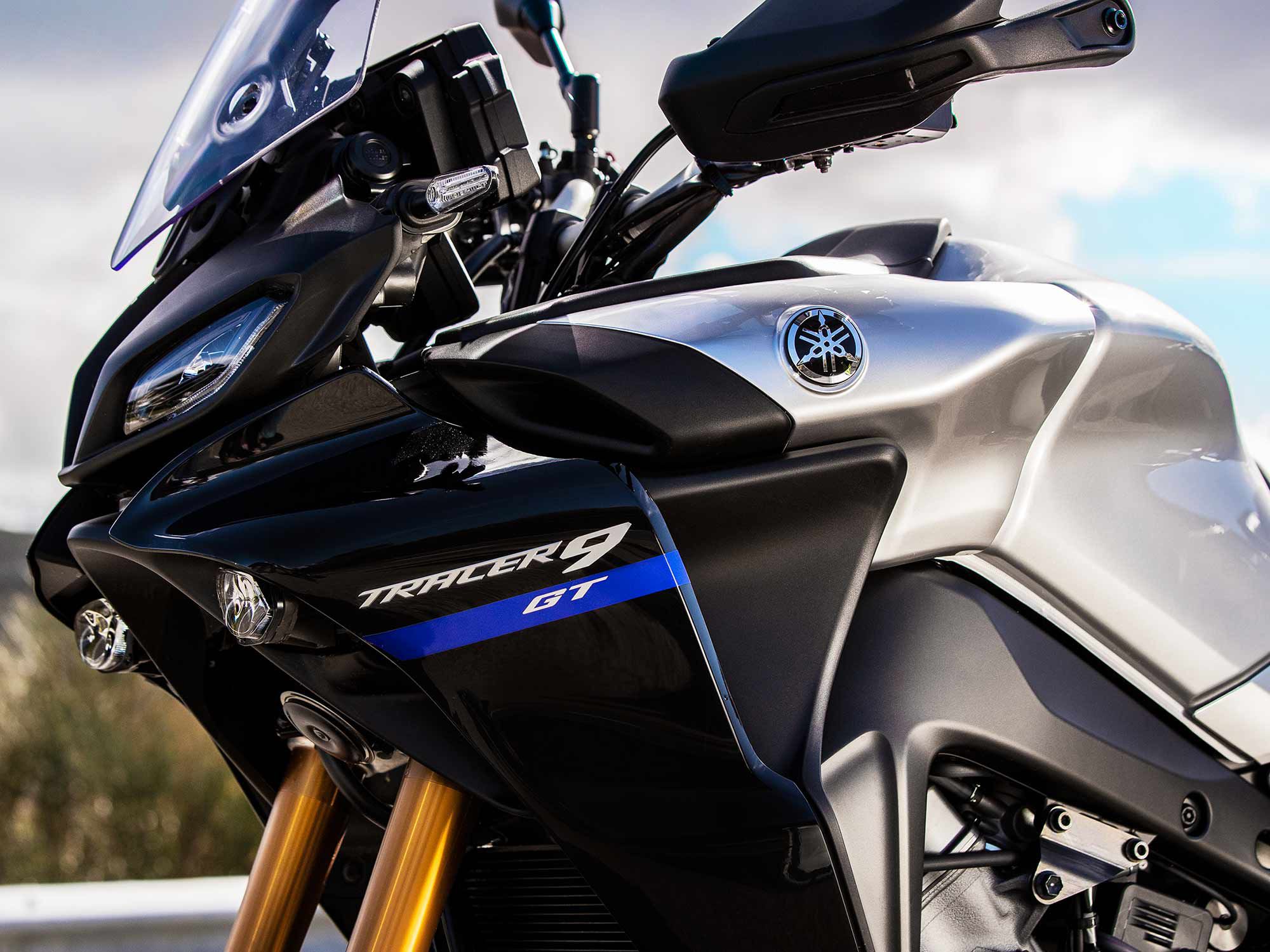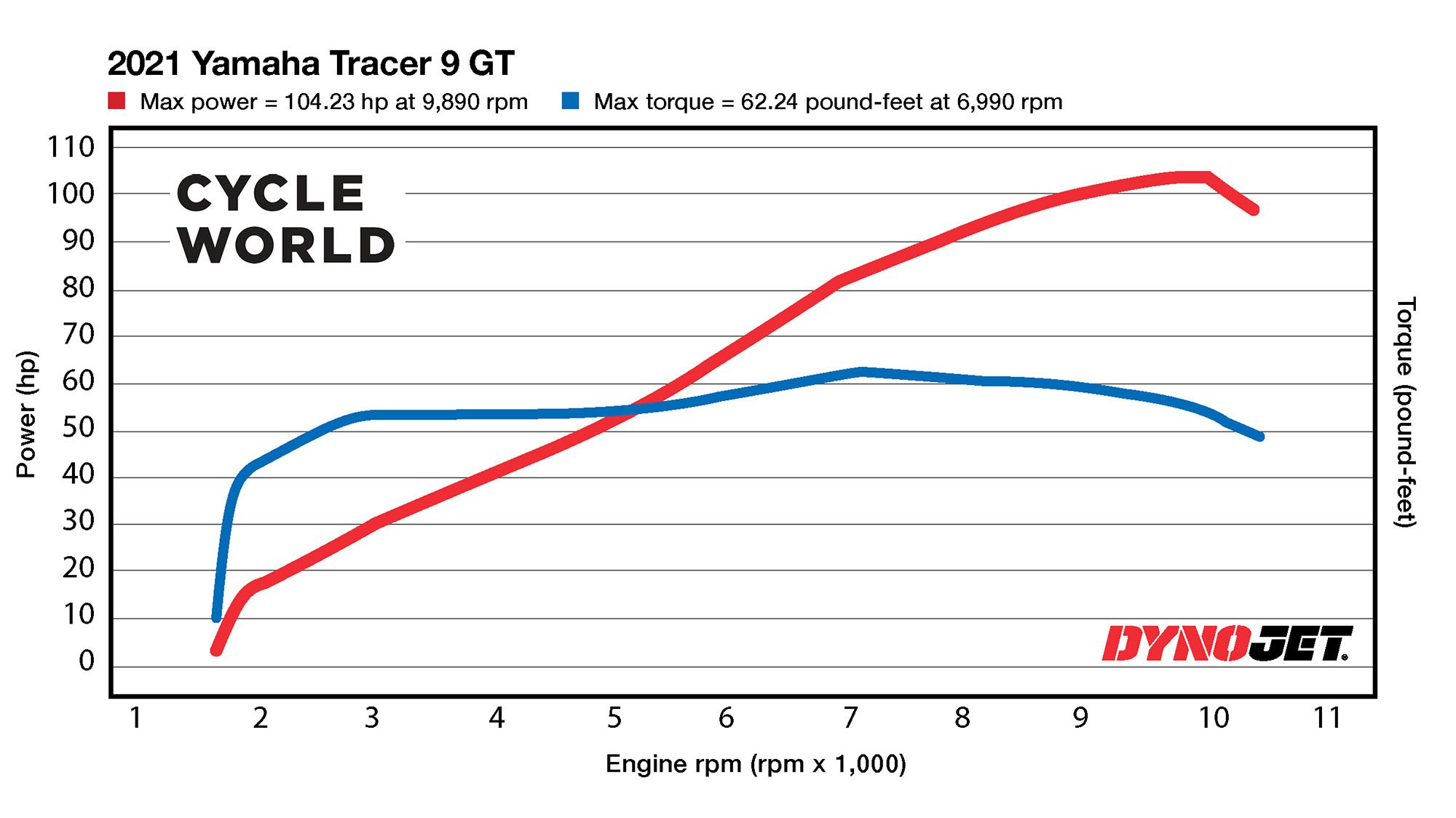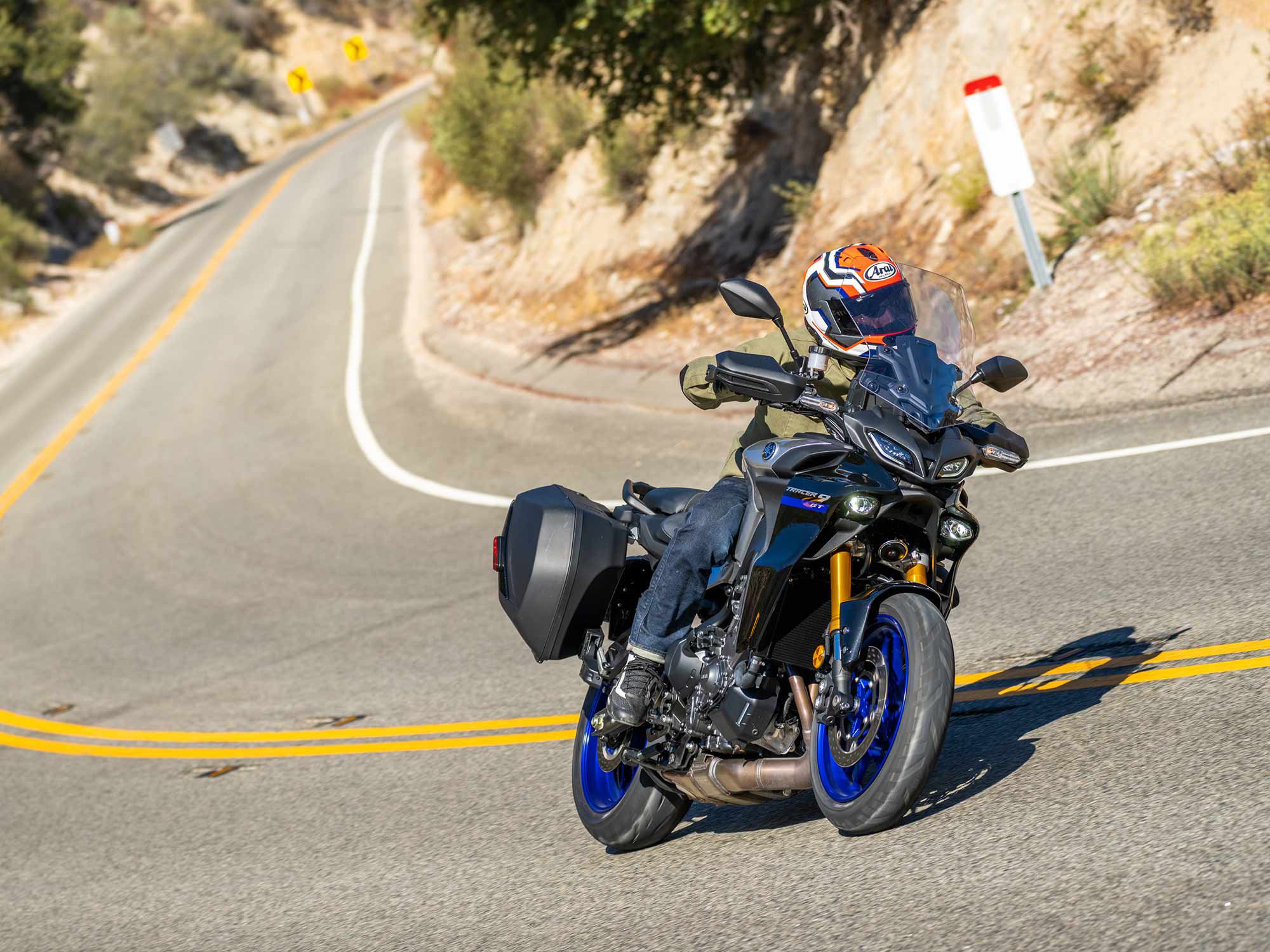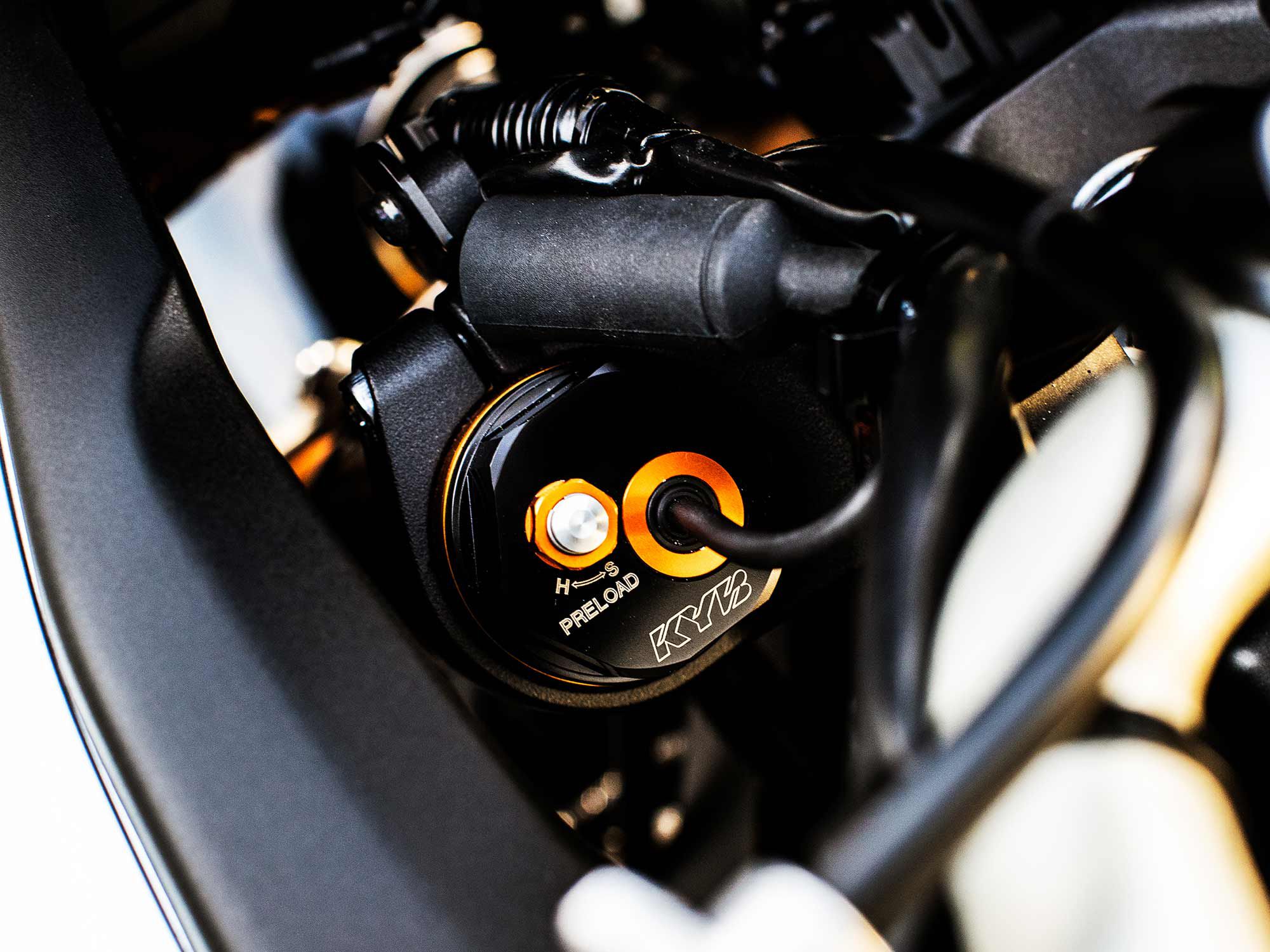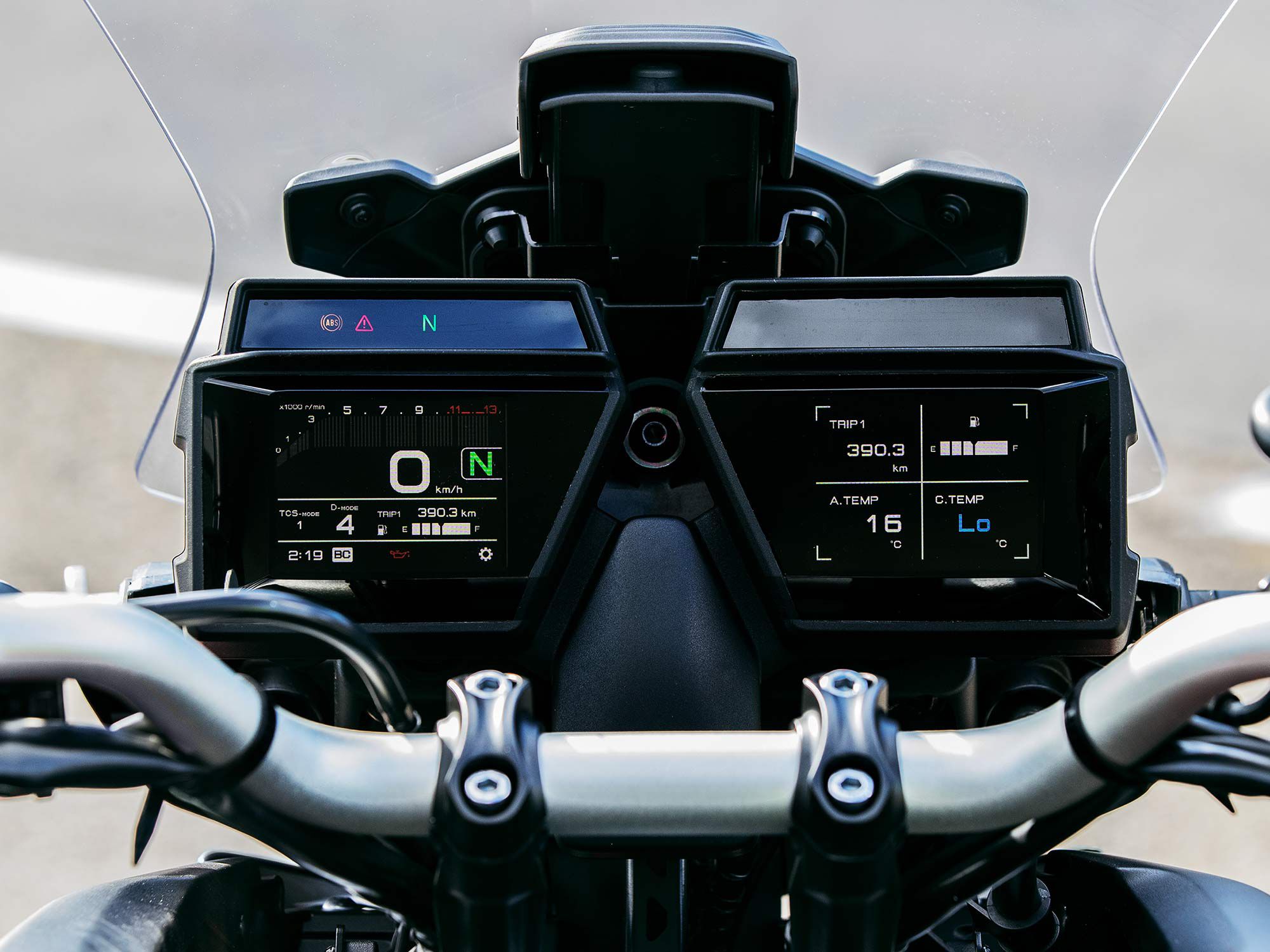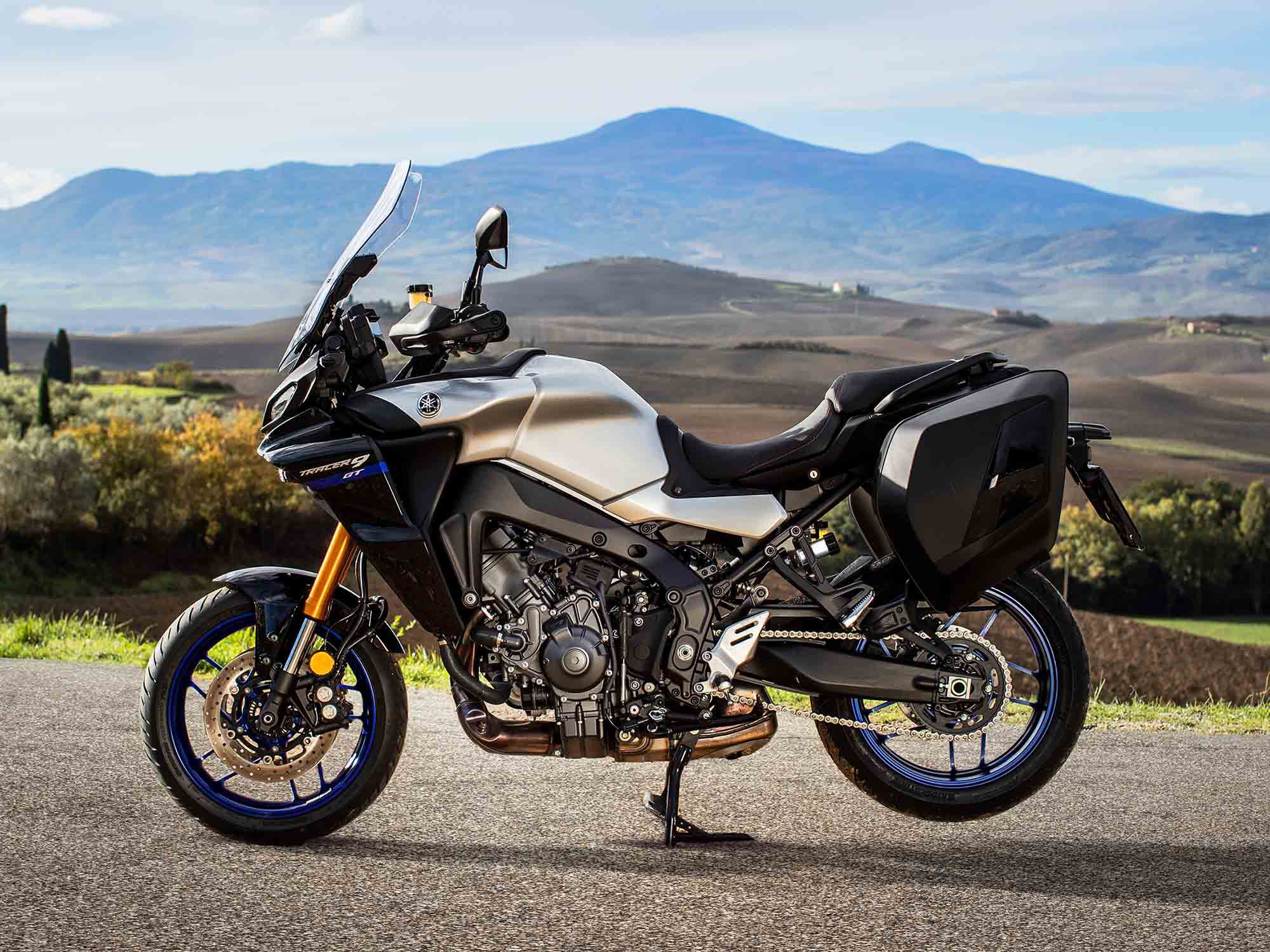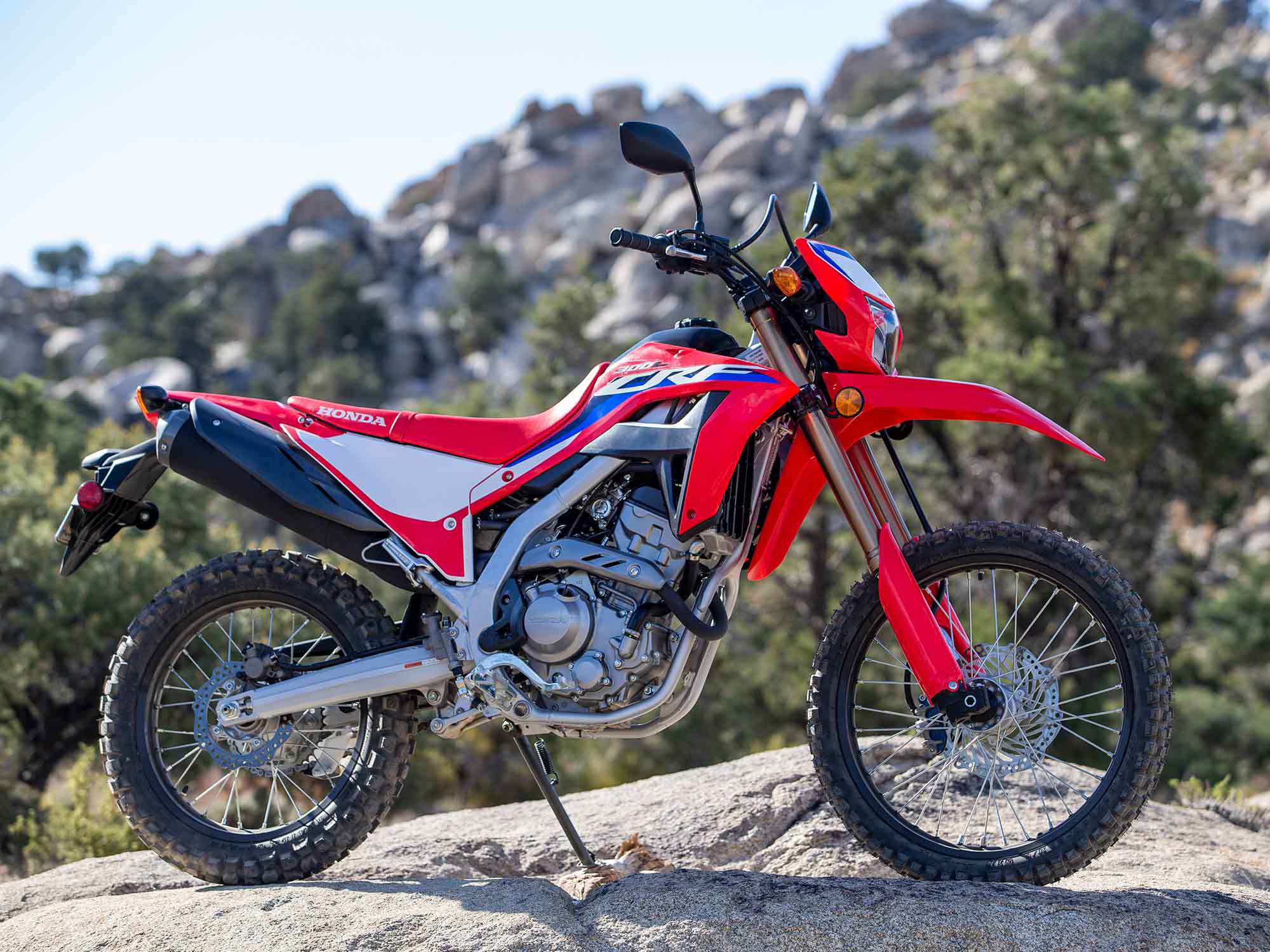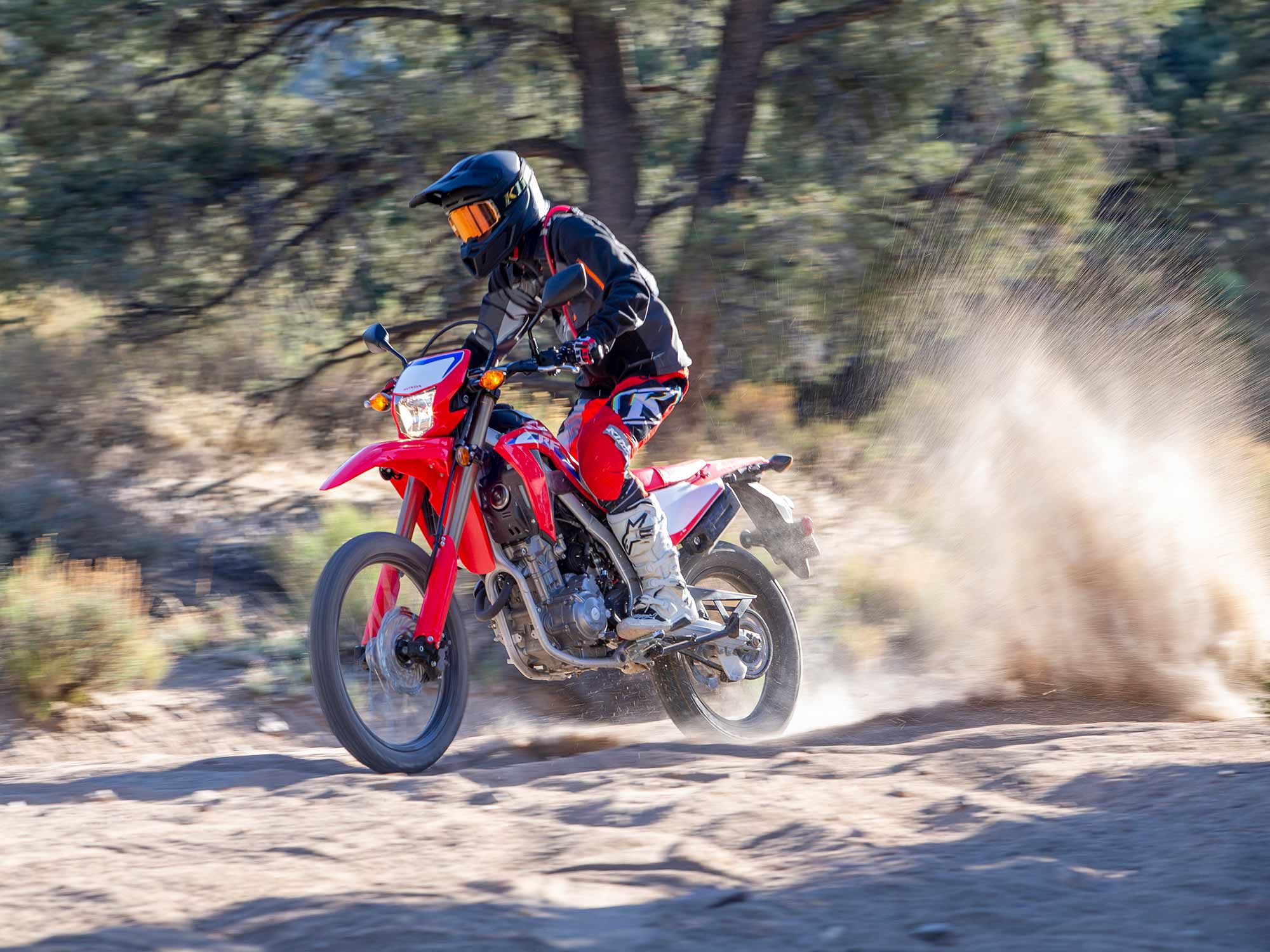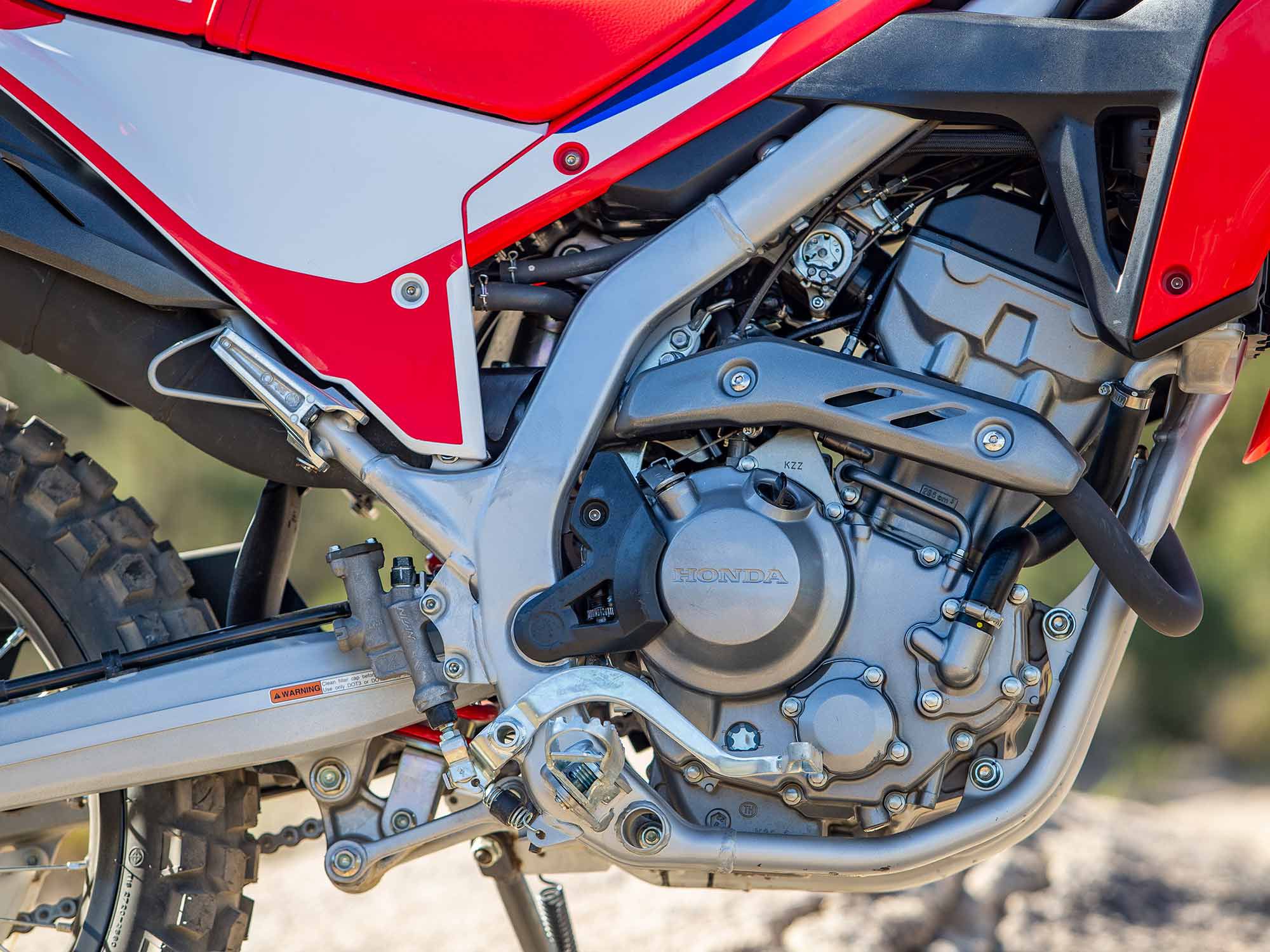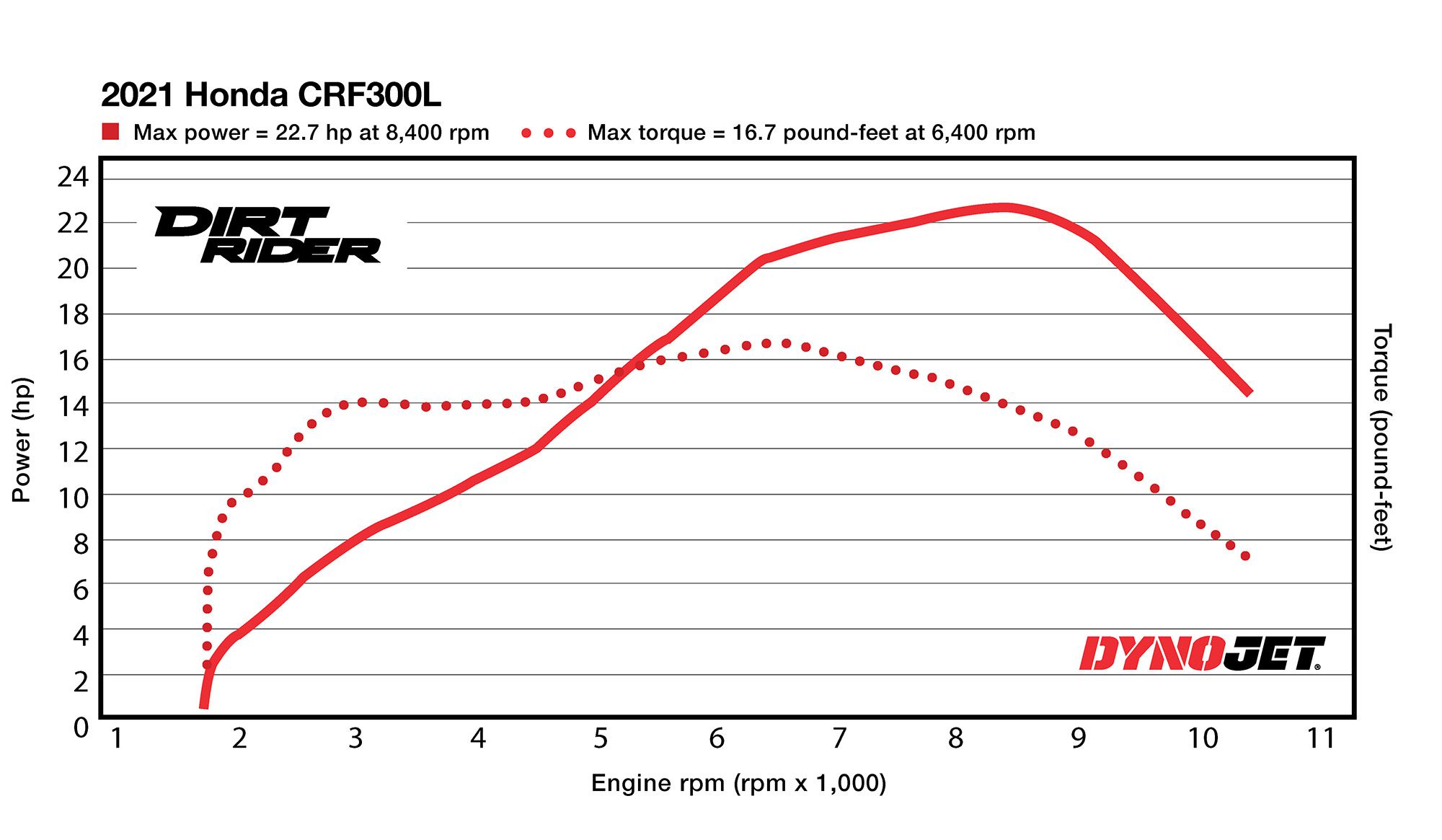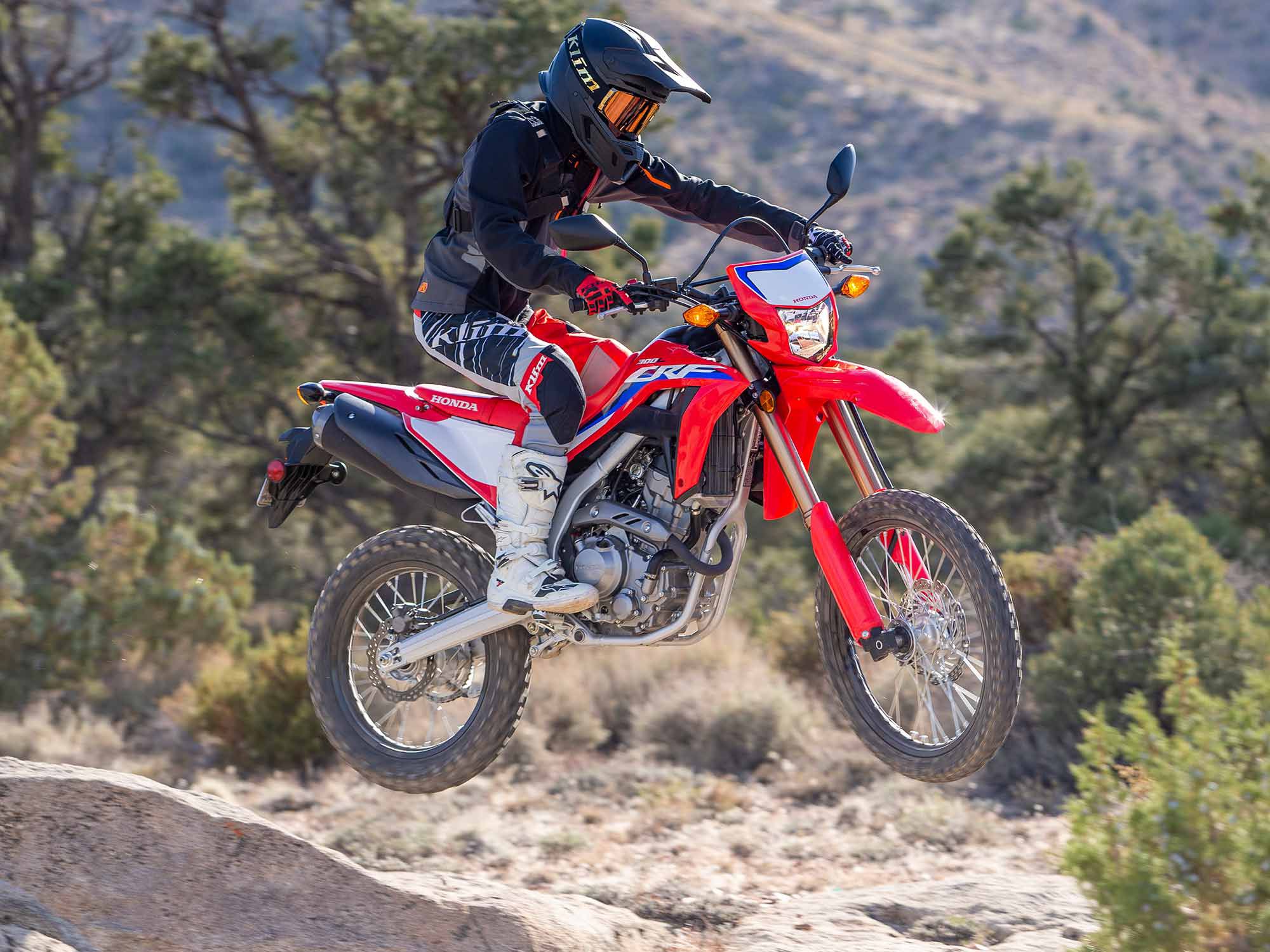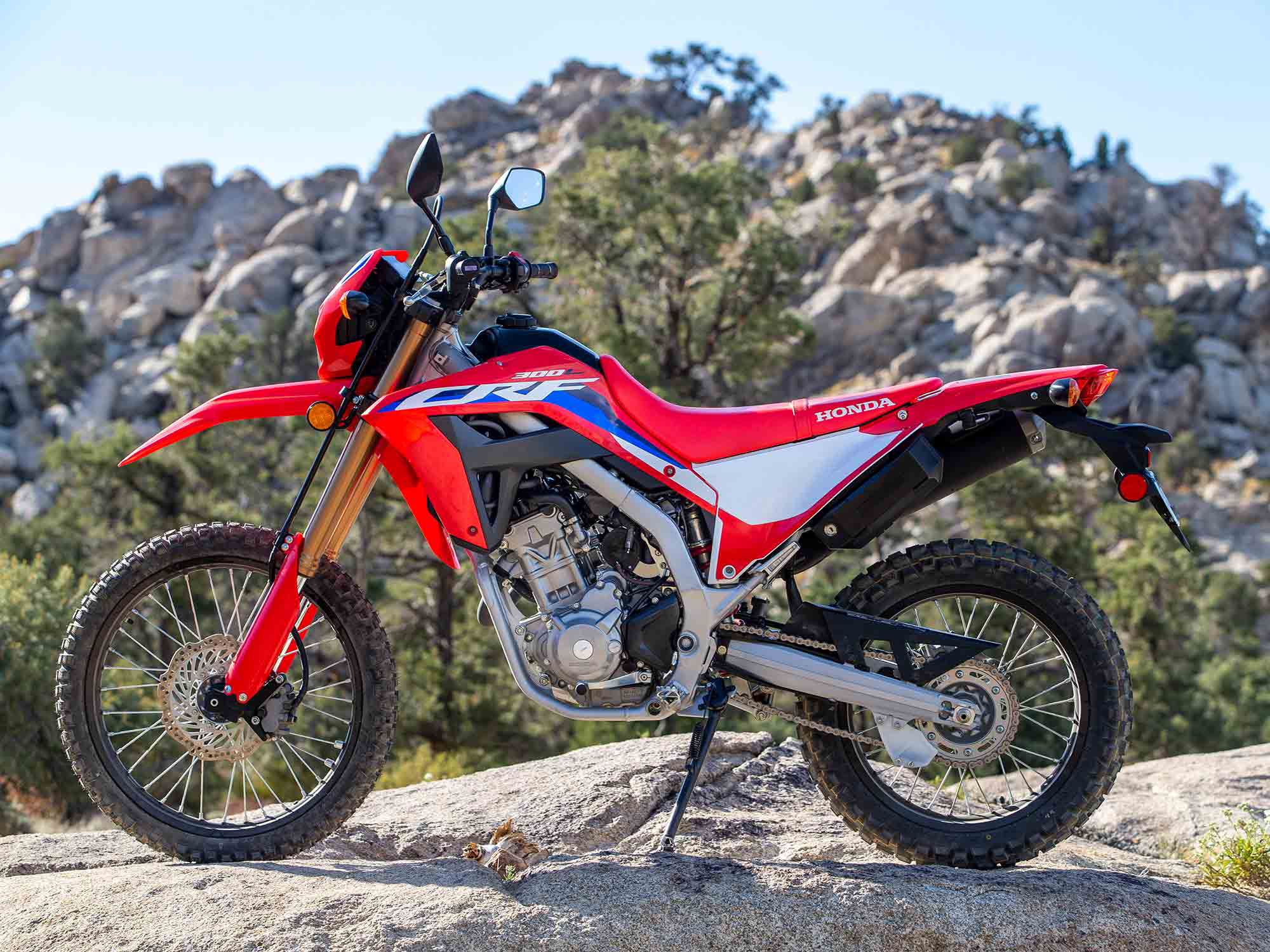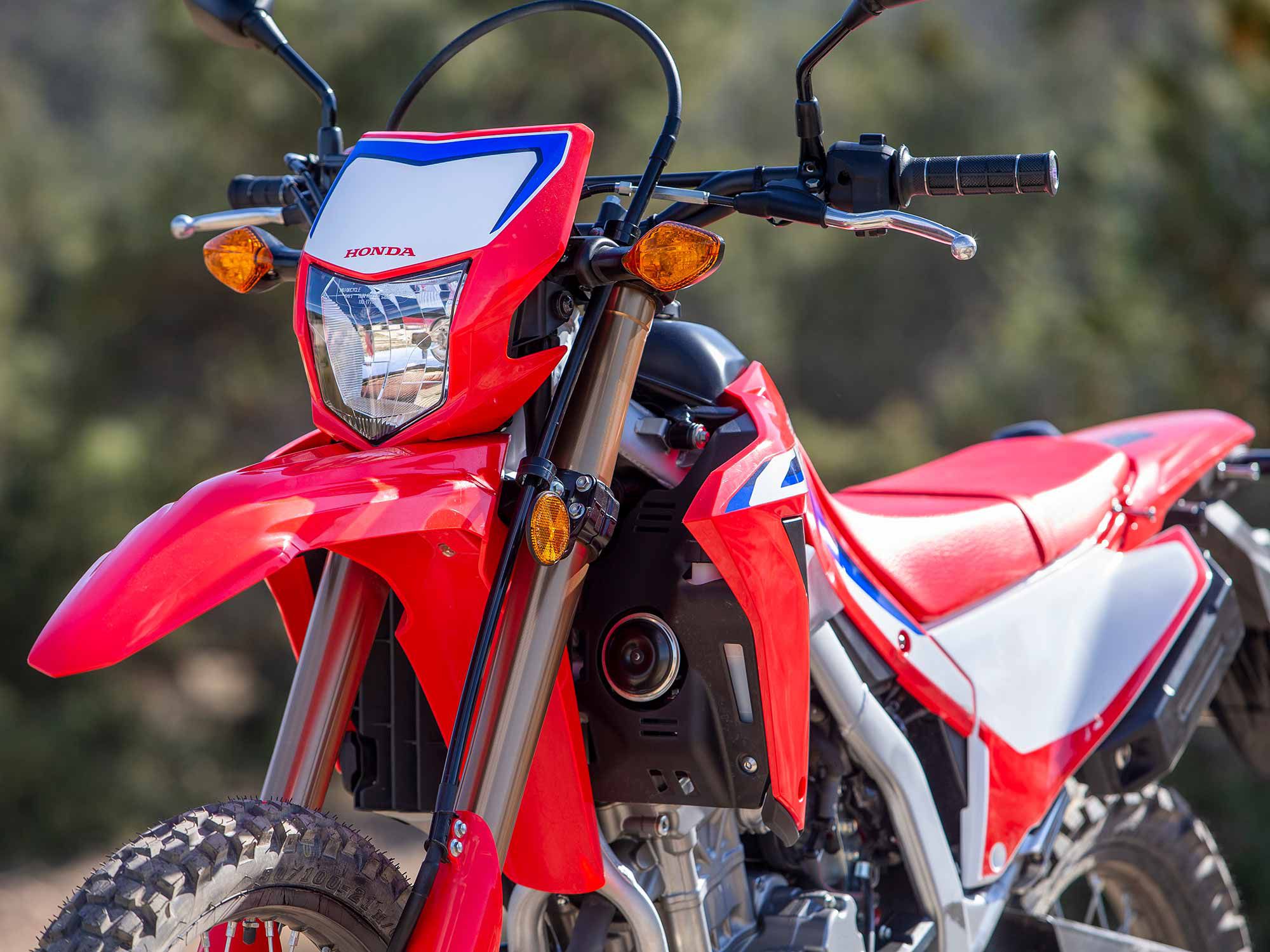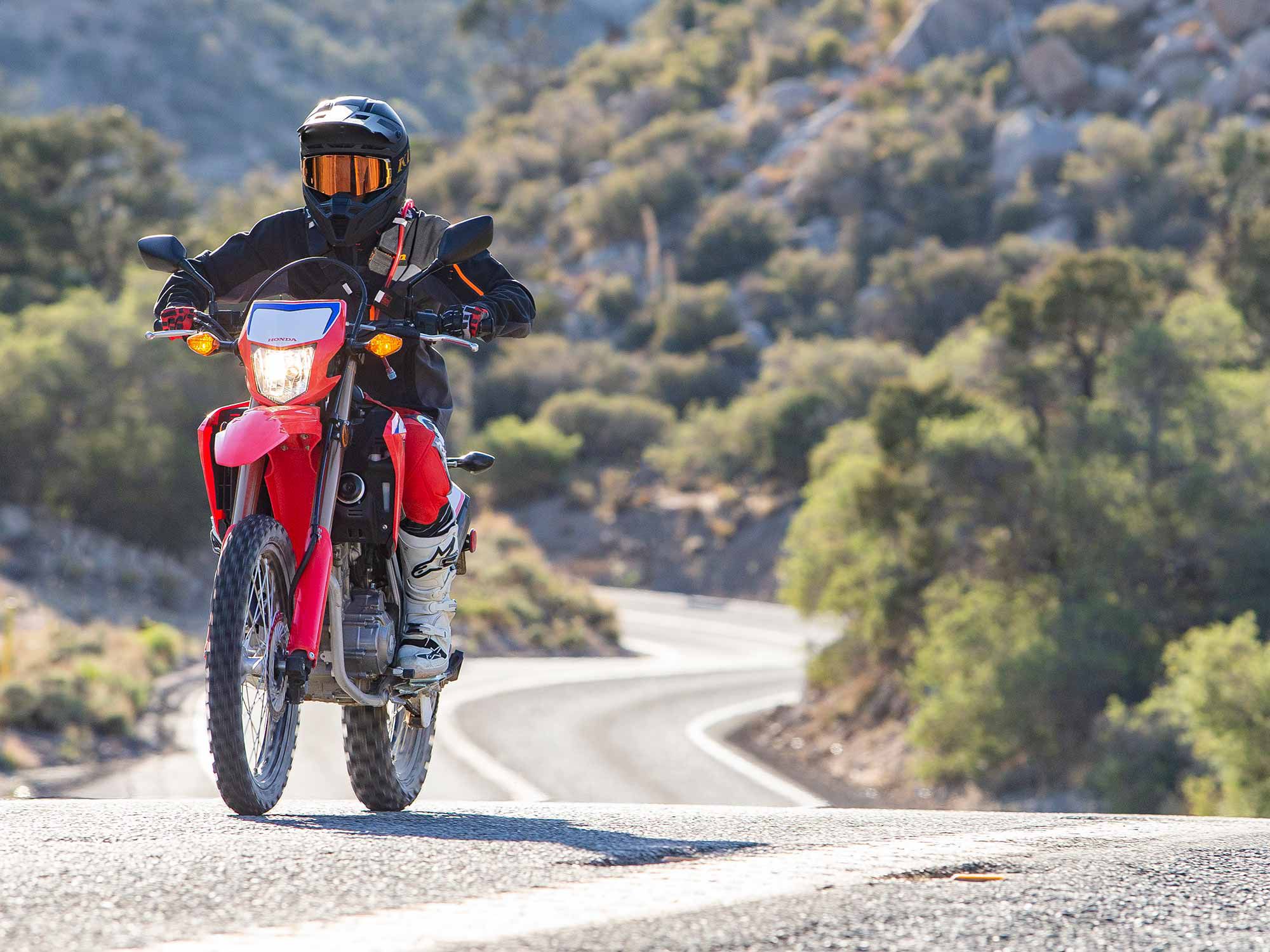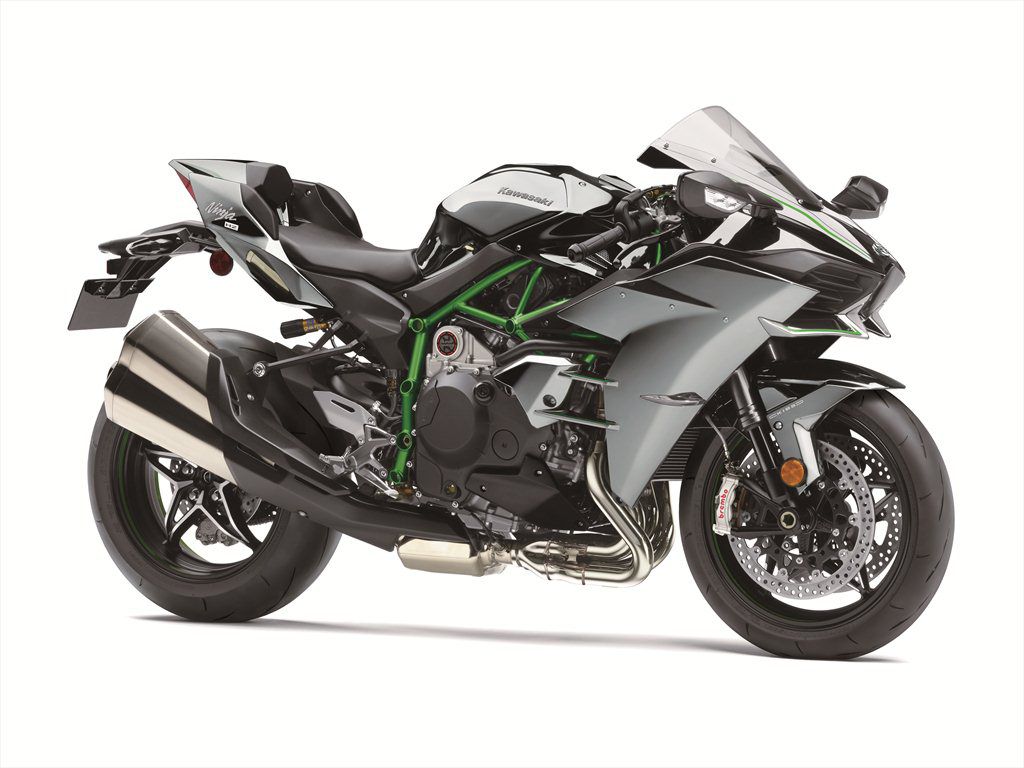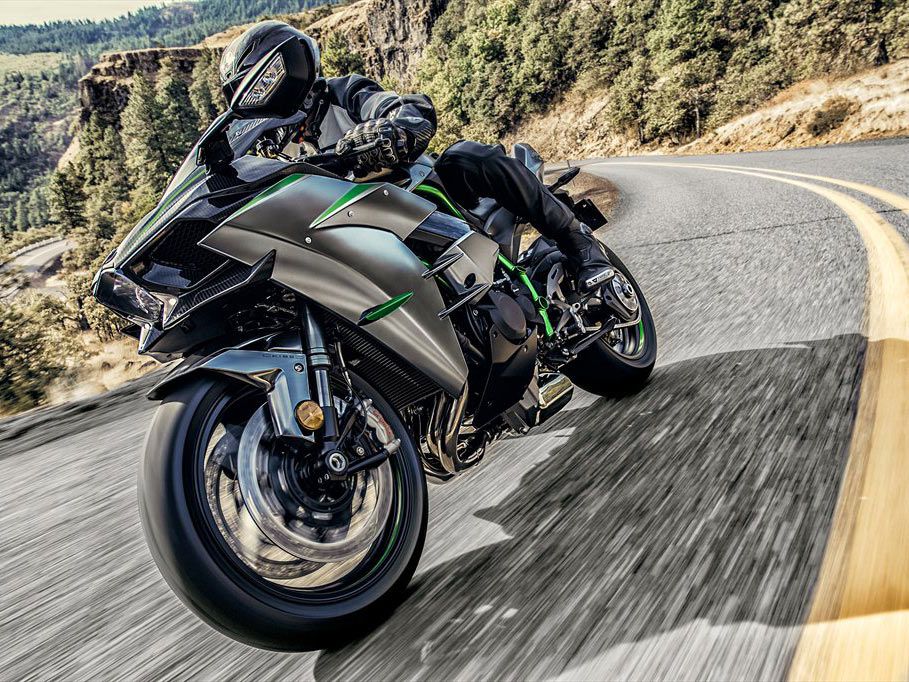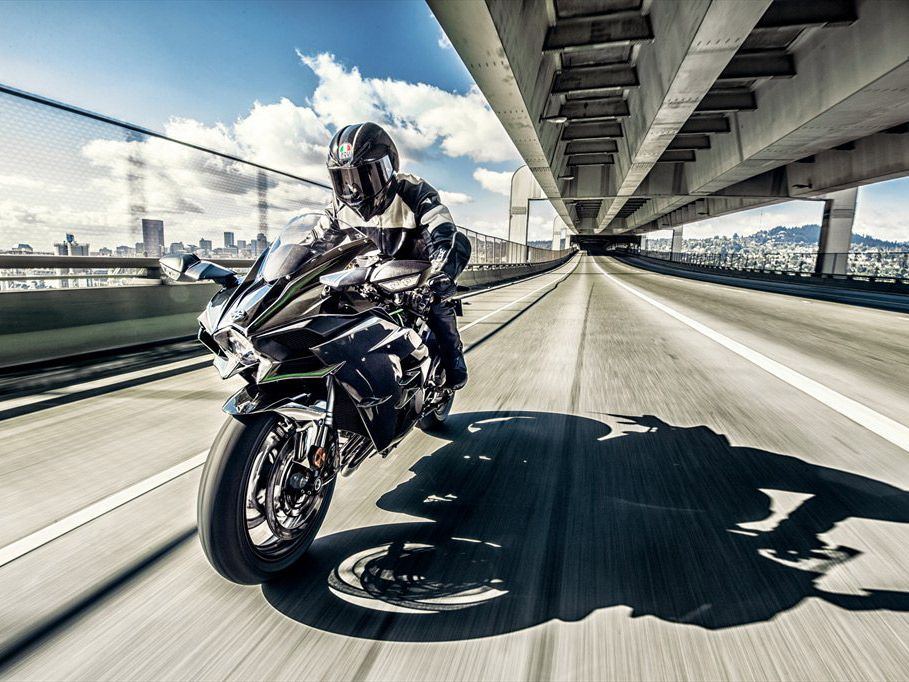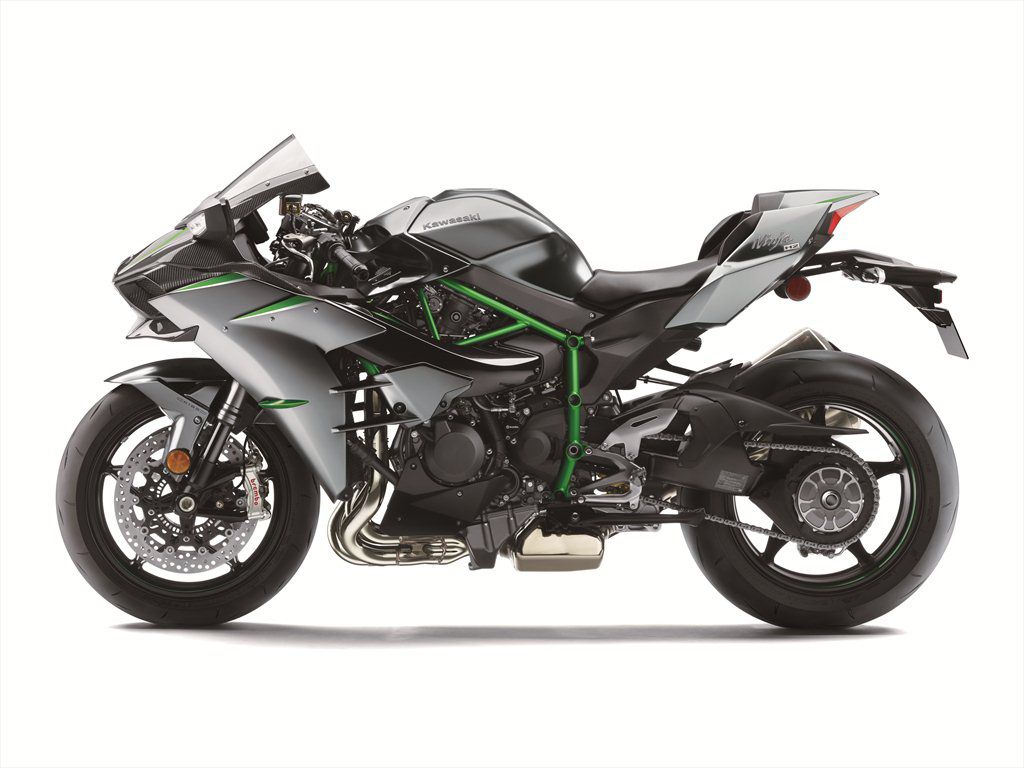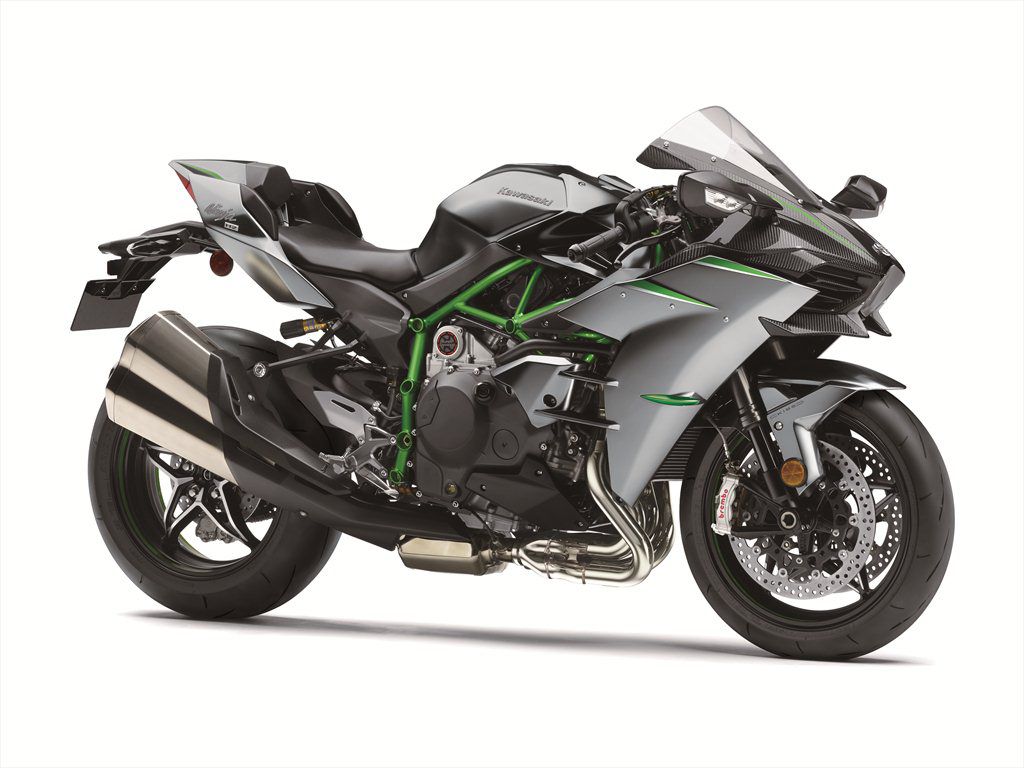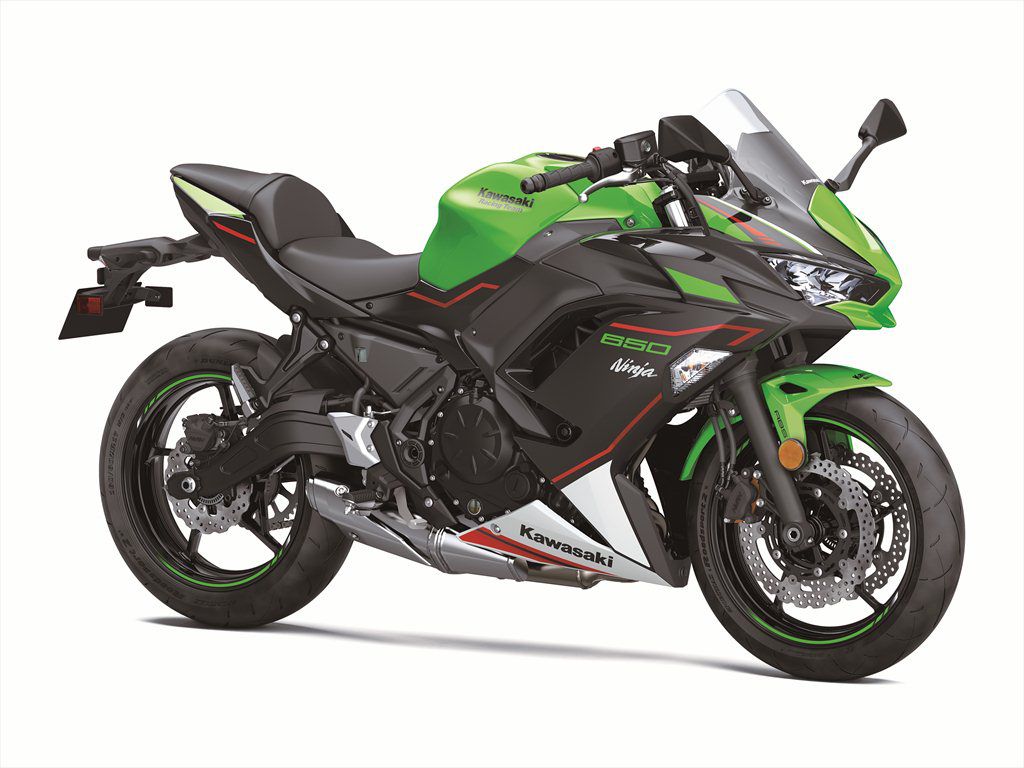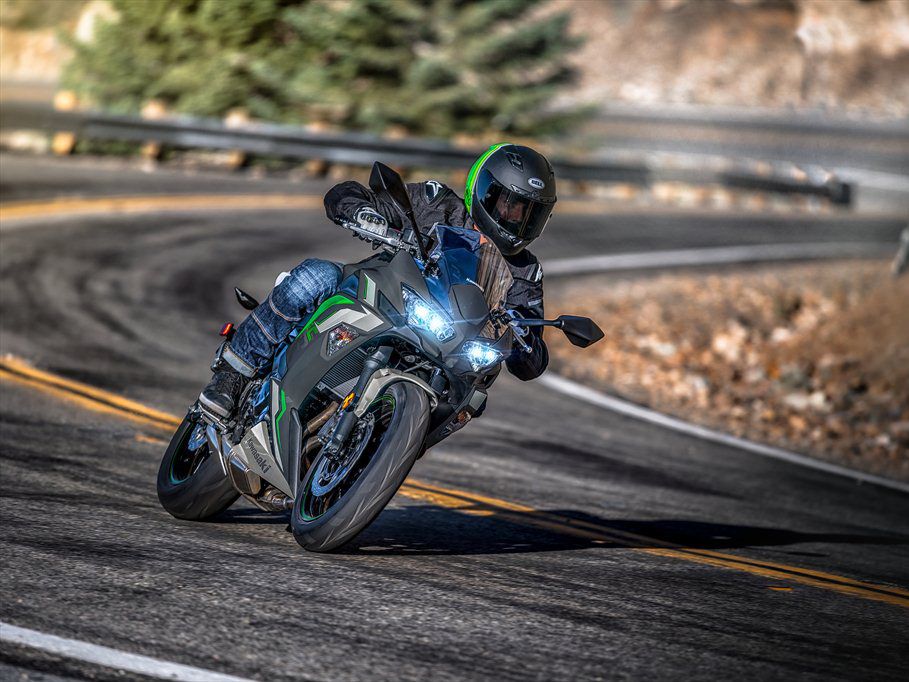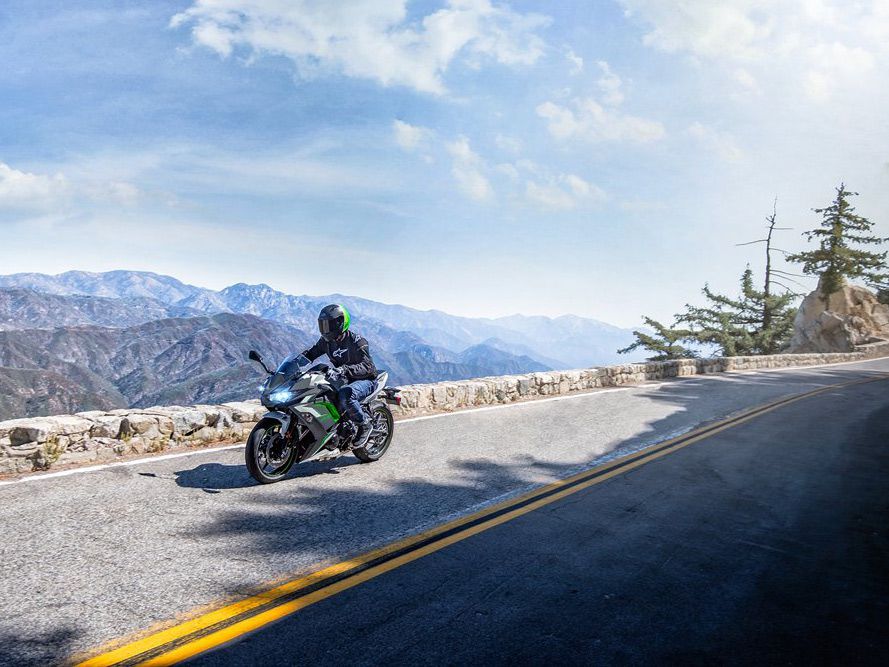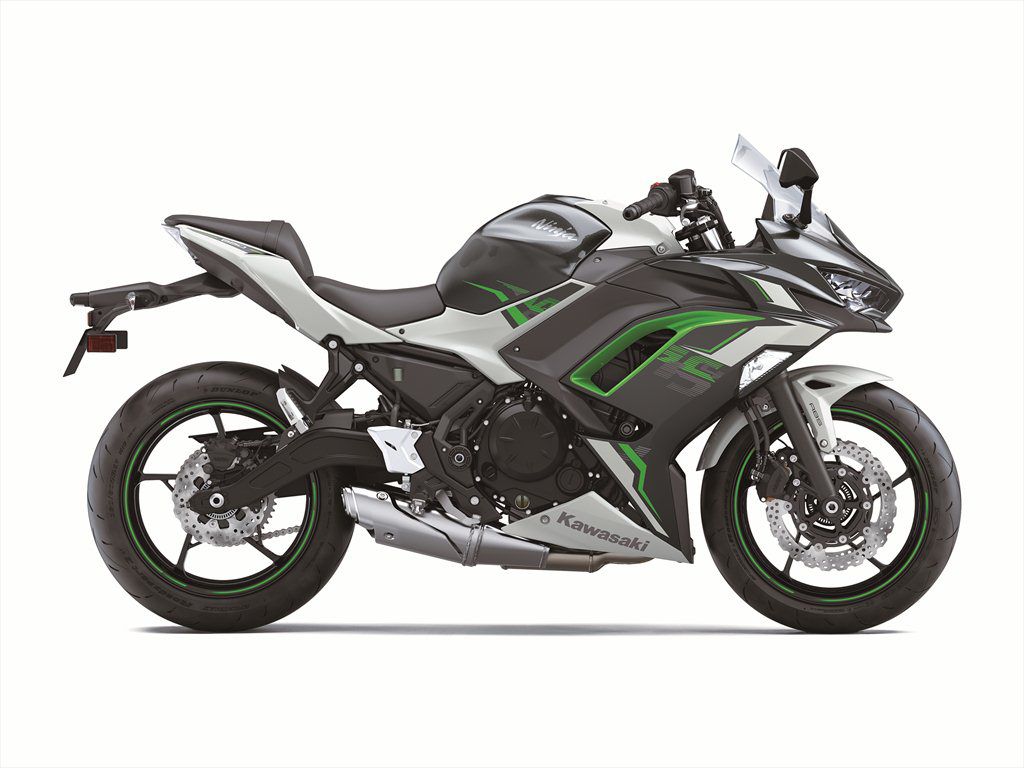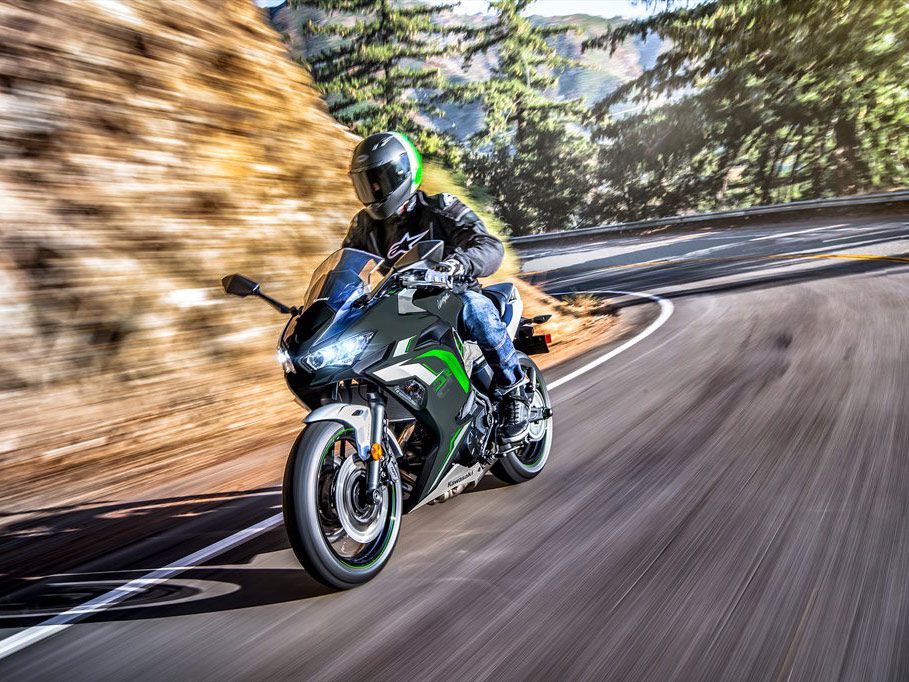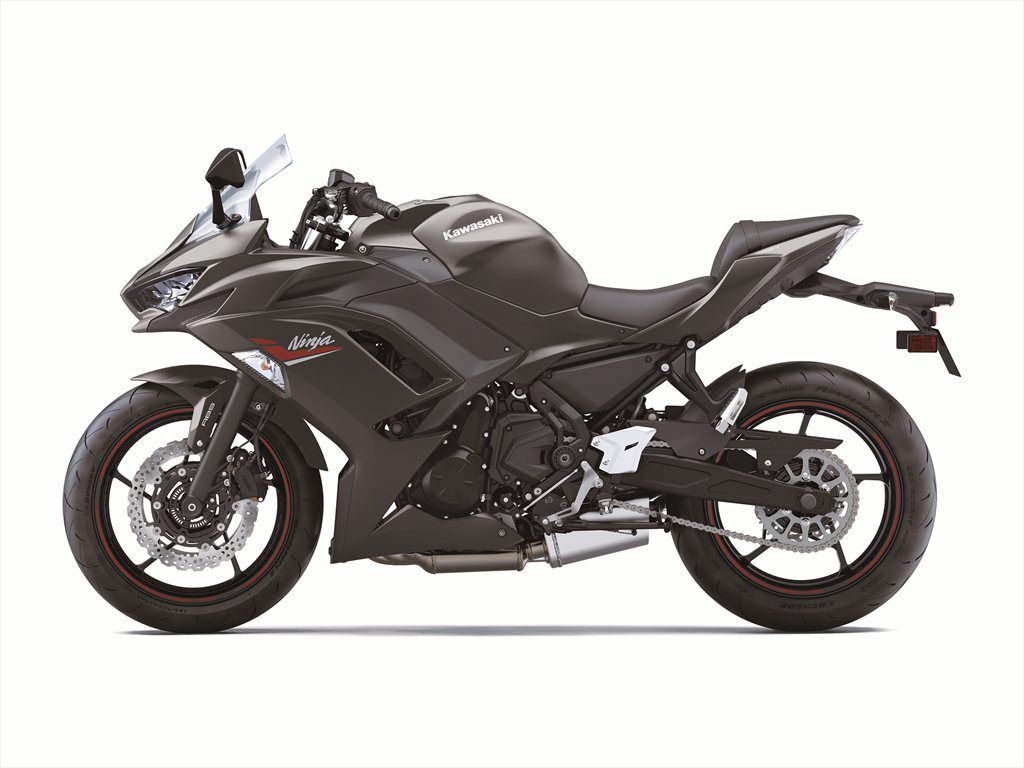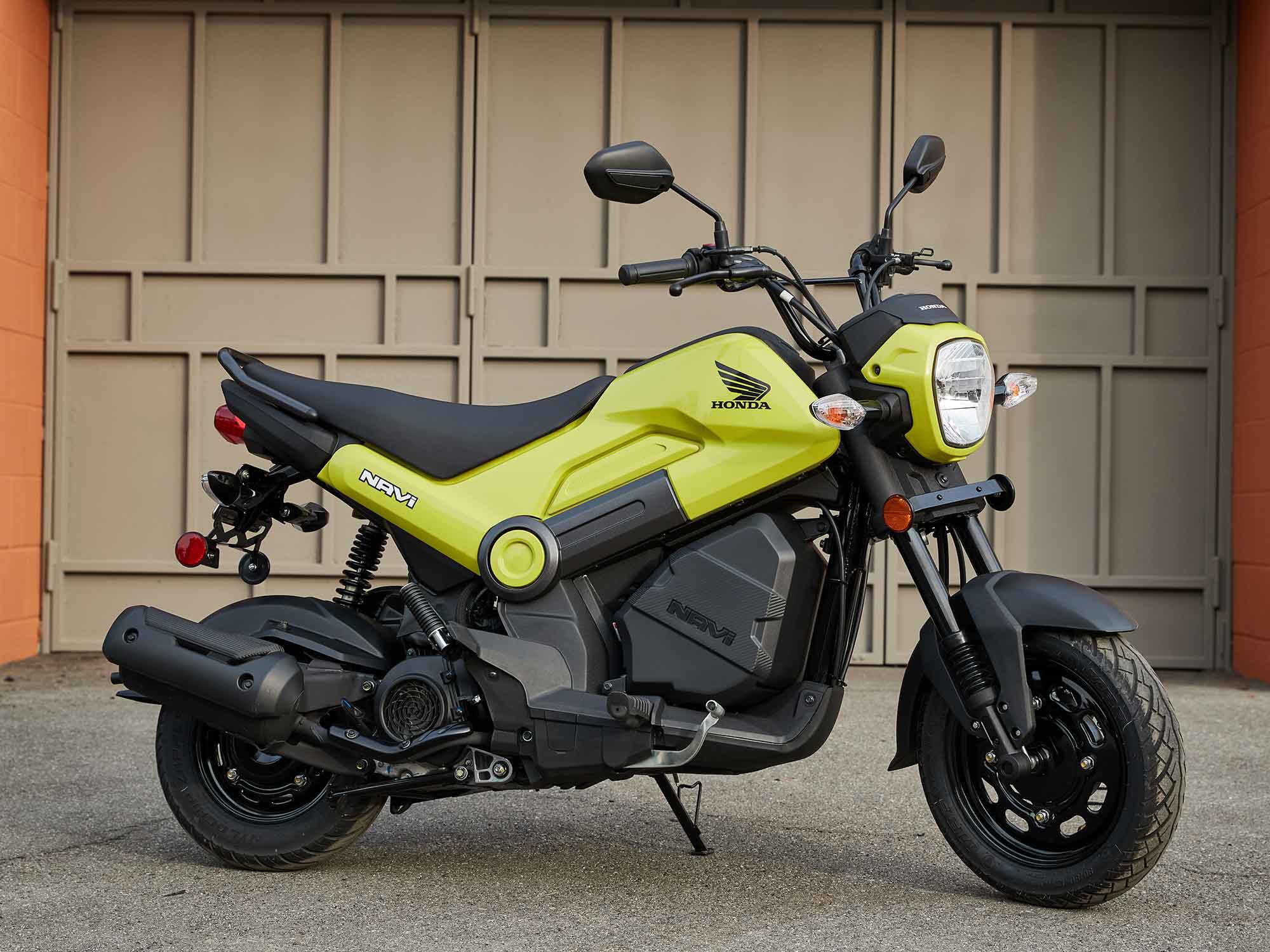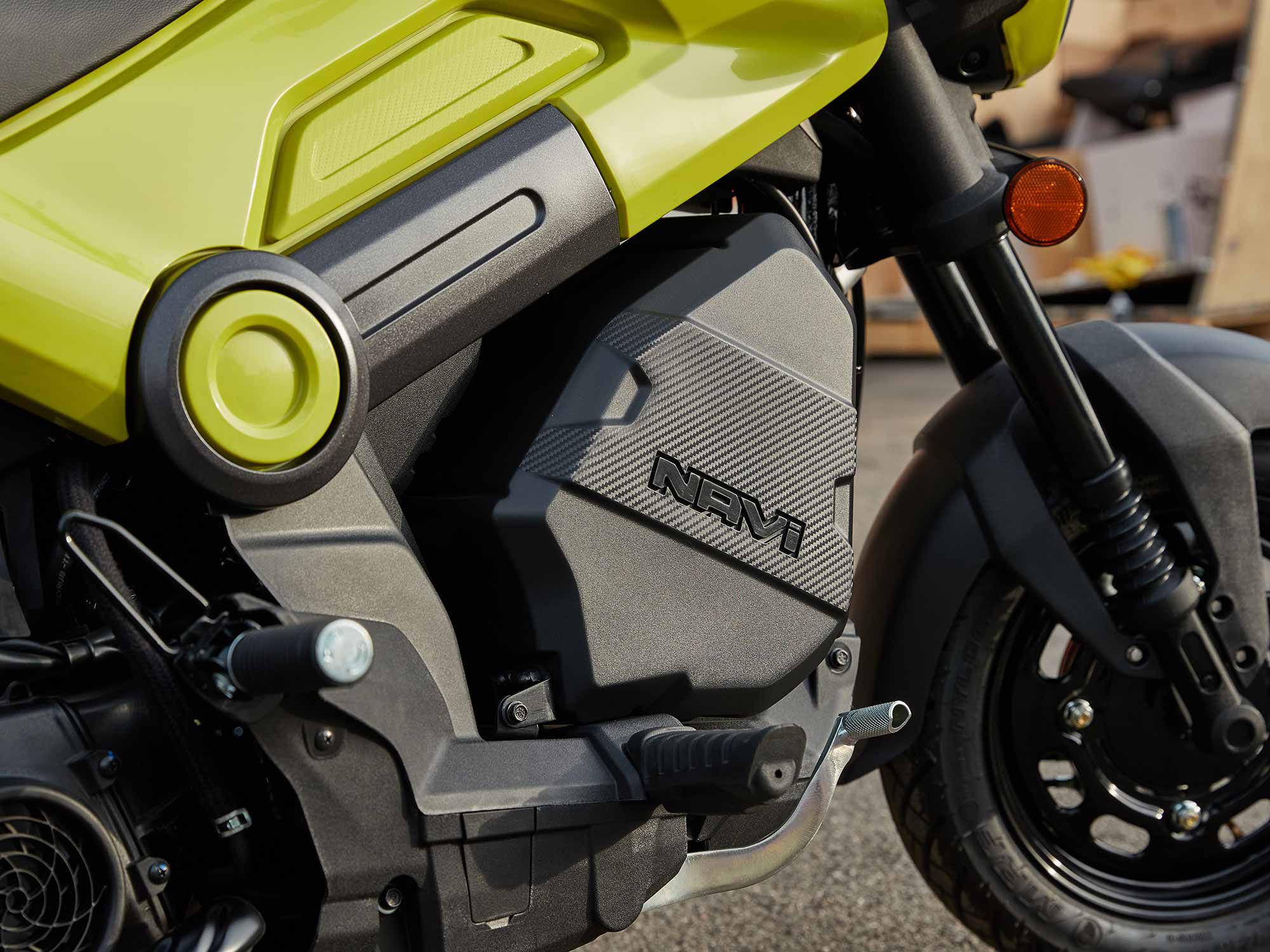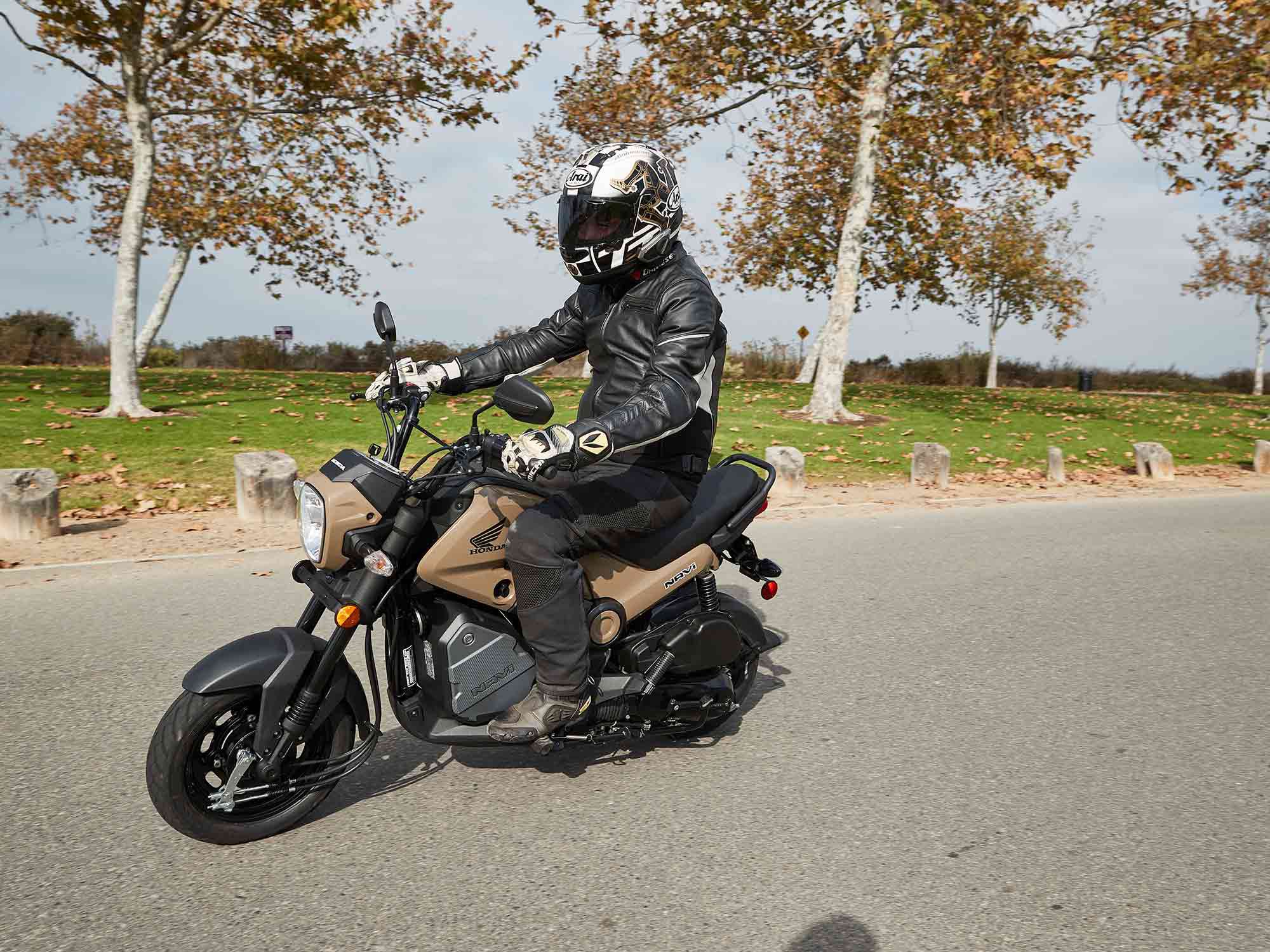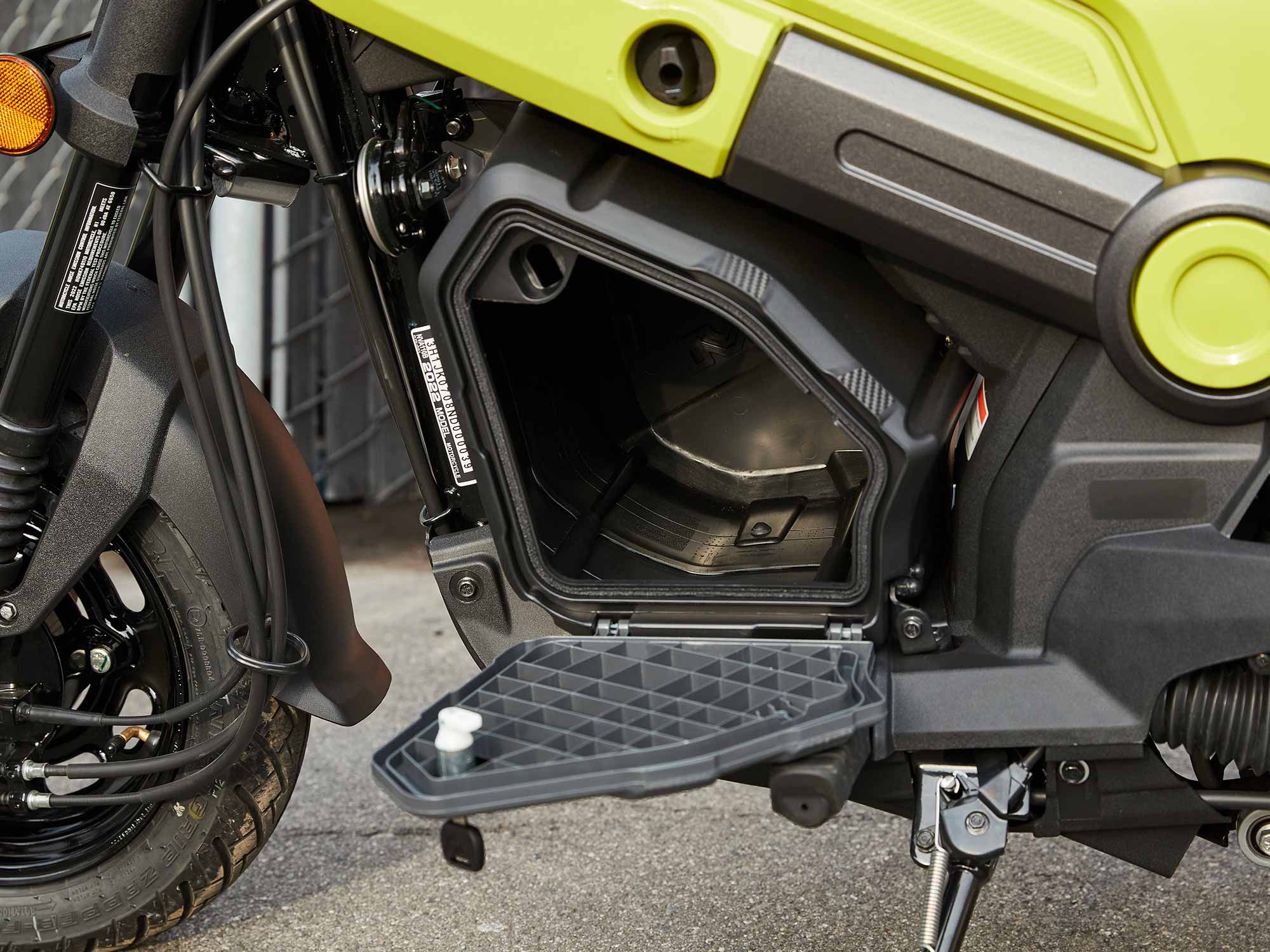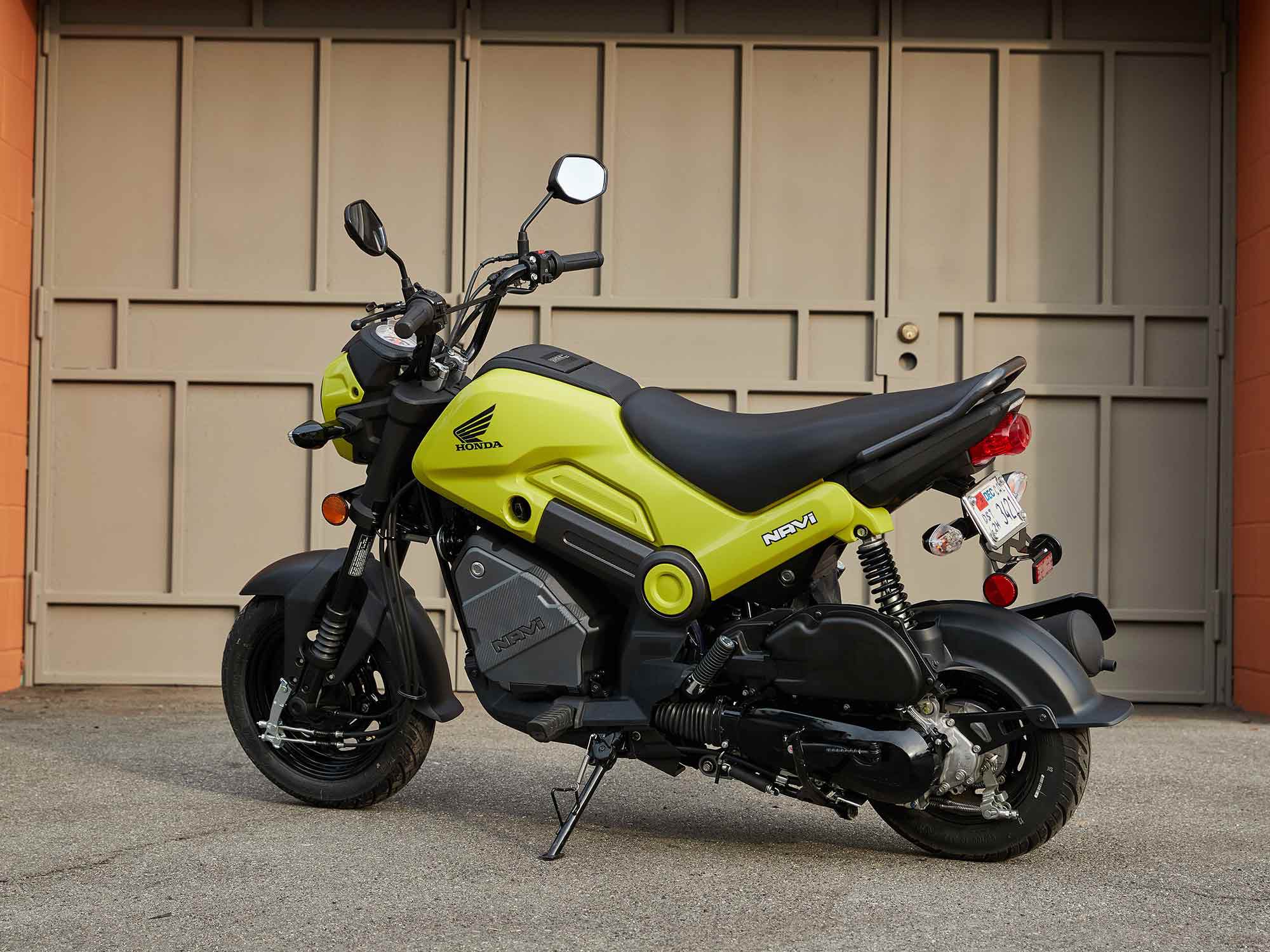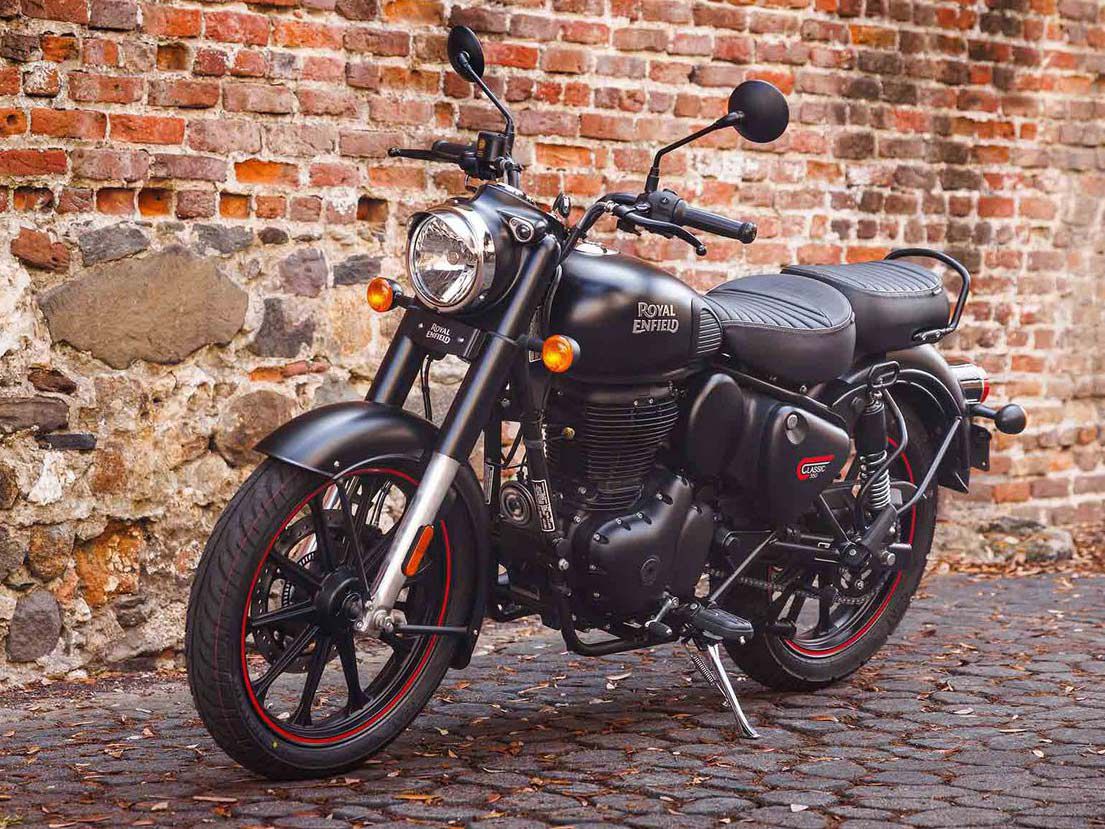
Ups
- Modern features and “Classic” postwar styling
- A great beginner bike with a low seat height and mellow power
- You can almost buy three Classics for the price of a Triumph Bonneville
Downs
- Better know how to change a tube if you get a flat
- Underpowered for more experienced riders
Verdict
The Royal Enfield Classic 350 is a fantastic option for riders who are new to motorcycling and want a forgiving and inexpensive bike to get started. A bonus is that the Classic 350 has a really cool vintage aesthetic that appeals to those looking for nostalgic styling without breaking the bank. To top it off, RE will offer no less than nine different variations/paint styles, so there is bound to be something appealing for just about anyone seriously considering buying one.
With a modern, fuel-injected engine and safety features like ABS brakes, buyers don’t have to deal with vintage performance and won’t have to learn how to set the points or how to tickle the carb.
Overview
There are many overused words in motorcycling. Classic is one of them. Yet Royal Enfield pretty much has a patent on that word, as the company has been continuously producing motorcycles since 1901. Originally founded in England, the brand produced bikes there until its factories in Redditch and Bradford-on-Avon were shuttered in 1970. Its Indian subsidiary survived and was eventually acquired by the Eicher Group. That provided the chance for rebirth, and the Chennai company has been streaking forward ever since.
For 2022, RE has brought back the Classic 350, the bestselling model in the company’s long history, which was inspired by the 1948 G2 350 Bullet—the first bike with an articulating swingarm! The Classic was brought back to provide the simplicity of pure riding enjoyment in a basic package, with nostalgic styling, but powered by an all-new, modern engine.
The engine is a 349cc single with fuel injection that promises to provide a nice balance of power and usability for riders looking for a simple and forgiving motorcycle, without the hassles of a vintage bike. Everything about this bike was designed to be fun and friendly. Key to that goal is a low 31.7-inch seat height that ensures that riders of all heights can get their feet firmly planted on the ground.
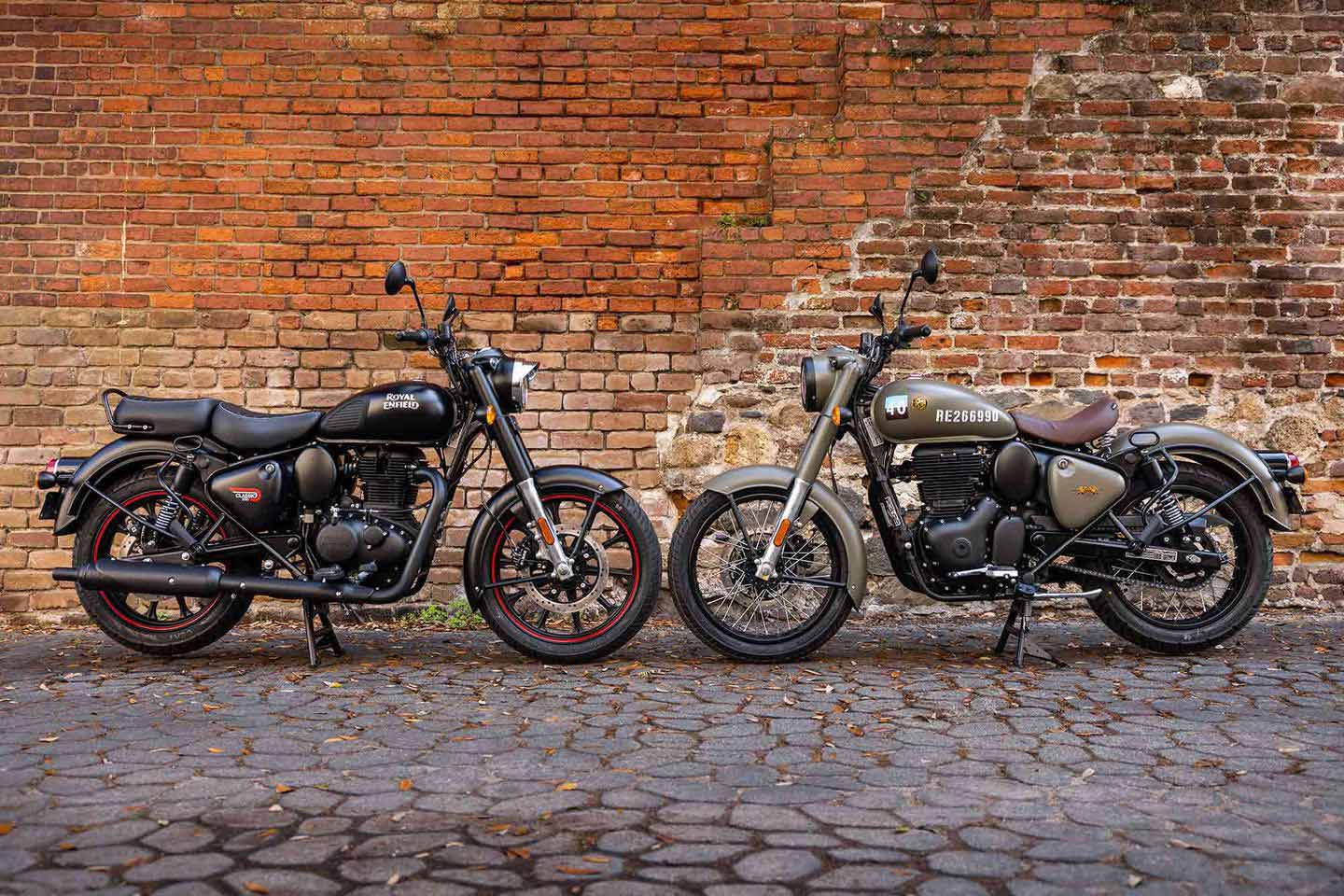
Updates for 2022
This born-again model features a new engine, chassis, and styling, with just about everything getting refreshed and updated.
Pricing and Variants
The Classic 350 will be available in nine different styles and colors. Dark Stealth Black and Dark Gunmetal Grey models come with 10-spoke alloy wheels and tubeless tires for $4,599. Meanwhile, the Signals Desert Sand ($4,599) and Signals Marsh Grey ($4,599) models that were inspired by Royal Enfield’s association with the Indian armed forces feature 1950s-era military graphics.
Five more color options will be made available, including Halcyon Forest Green, Halcyon Black, or Halcyon Blue, all three of which are $4,499. Chrome Red and Chrome Brown with mirror-finish tanks and special badging will run $4,699.
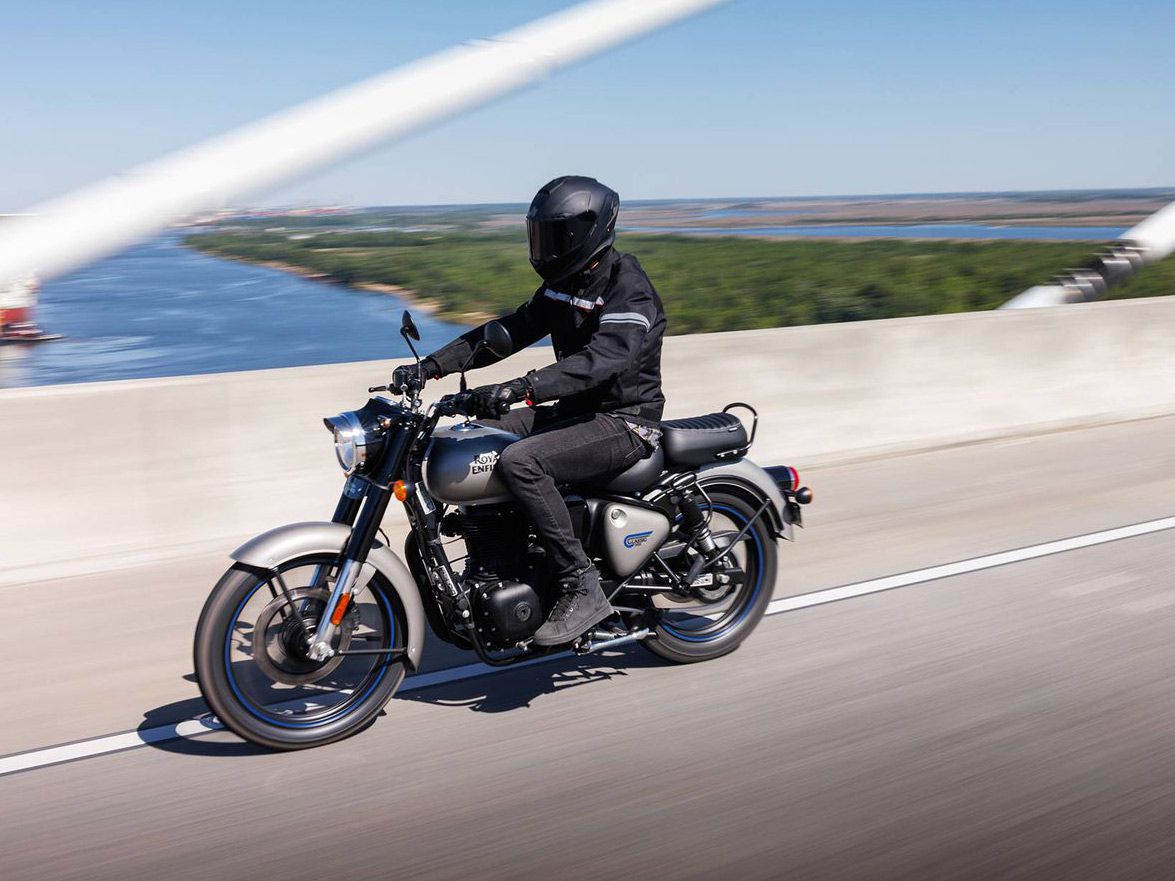
Competition
The cafe racer/traditional style of bike continues to be a hit in 2022, and here are some of our favorites. At the top of the list has to be Triumph’s Bonneville series, as these bikes were foes in the ‘60s and remain so to this day.
Another superlogical choice is the Kawasaki W800 Cafe, which Cycle World has in the past pitted against a Royal Enfield Conti GT. BMW’s R nineT is a German interpretation of the style, or if you prefer something with Italian flavor, the Moto Guzzi’s V7 fits the bill. Looking for a more modern take? You could make the argument that Yamaha’s XSR700, and Husqvarna’s Vitpilen 401 and Svartpilen 401 align nicely.
Powertrain: Engine, Transmission, and Performance
The Classic 350′s single-cylinder SOHC counterbalanced air/oil-cooled 349cc J-series engine first found life in the Meteor 350 and puts out a claimed 20.2 hp at 6,100 rpm and 19 pound-feet of peak torque at 4,000 rpm. Fuel injection ensures quick and easy startup as well as smooth running, while a classic peashooter exhaust gets rid of spent gases. Power is sent through a wet multiplate clutch to the five-speed transmission and then onto a chain final drive.
Handling
The single-cylinder engine bolts into an all-new, steel twin-downtube spine frame that Royal Enfield claims has been strengthened for better stability and more precise handling.
Plush suspension is provided by a conventional 41mm fork with just over 5 inches of travel and a pair of twin-tube emulsion shocks with six steps of spring-preload adjustment. Most models ride on spoked chrome alloy inner-tube wheels with a 19-inch front and 18-inch rear, while the Dark models have 10-spoke (tubeless) alloy wheels in the same diameters. Both versions come with 100/90-19 front and 120/80-18 rear tires made by CEAT.
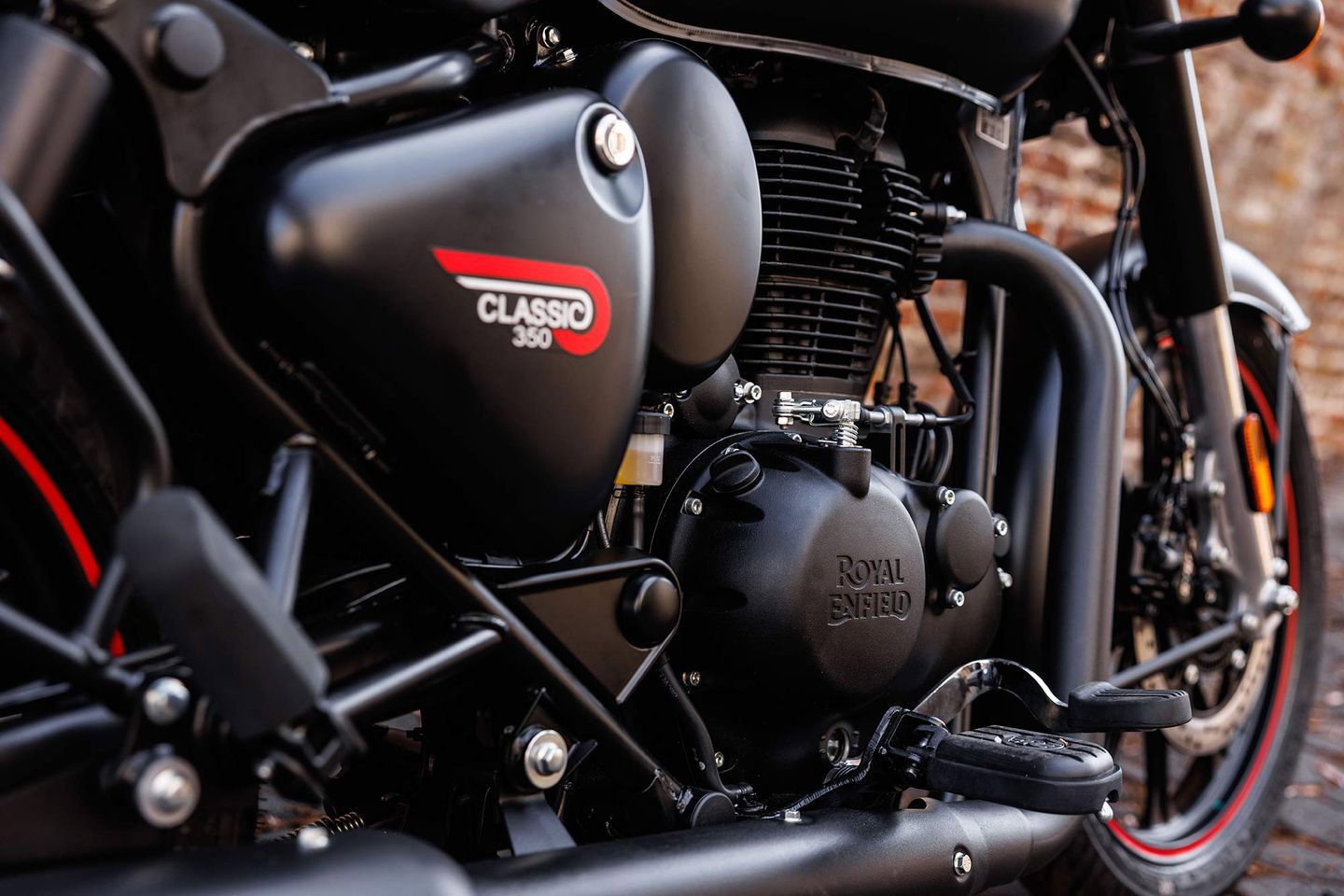
Brakes
Braking is handled by ByBre (Brembo’s Indian subsidiary) components with a single 300mm disc and twin-piston floating caliper on the front, and a 270mm disc/single-piston floating caliper out back. The system features dual-channel ABS.
Fuel Economy and Real-World MPG
We haven’t had a chance to get numbers on the Classic 350 yet, but the last Continental GT Cycle World tested got around 47 mpg, so expect this bike to be roughly in that ballpark.
Ergonomics: Comfort and Utility
Everything about the Classic 350 was designed to be fun and friendly to a wide range of riders. Key to that goal is a low 31.7-inch seat height that ensures that riders of all heights can get their feet firmly planted on the ground. The thickly padded seat promises a comfortable place to sit whether you’re making a quick trip around town or on a long ride over the weekend.
A mid-rise handlebar should help provide a relaxed and upright riding position, while mid-mounted foot controls with rubber inserts should put most rider’s legs into a gentle bend that won’t cramp them up on longer rides.
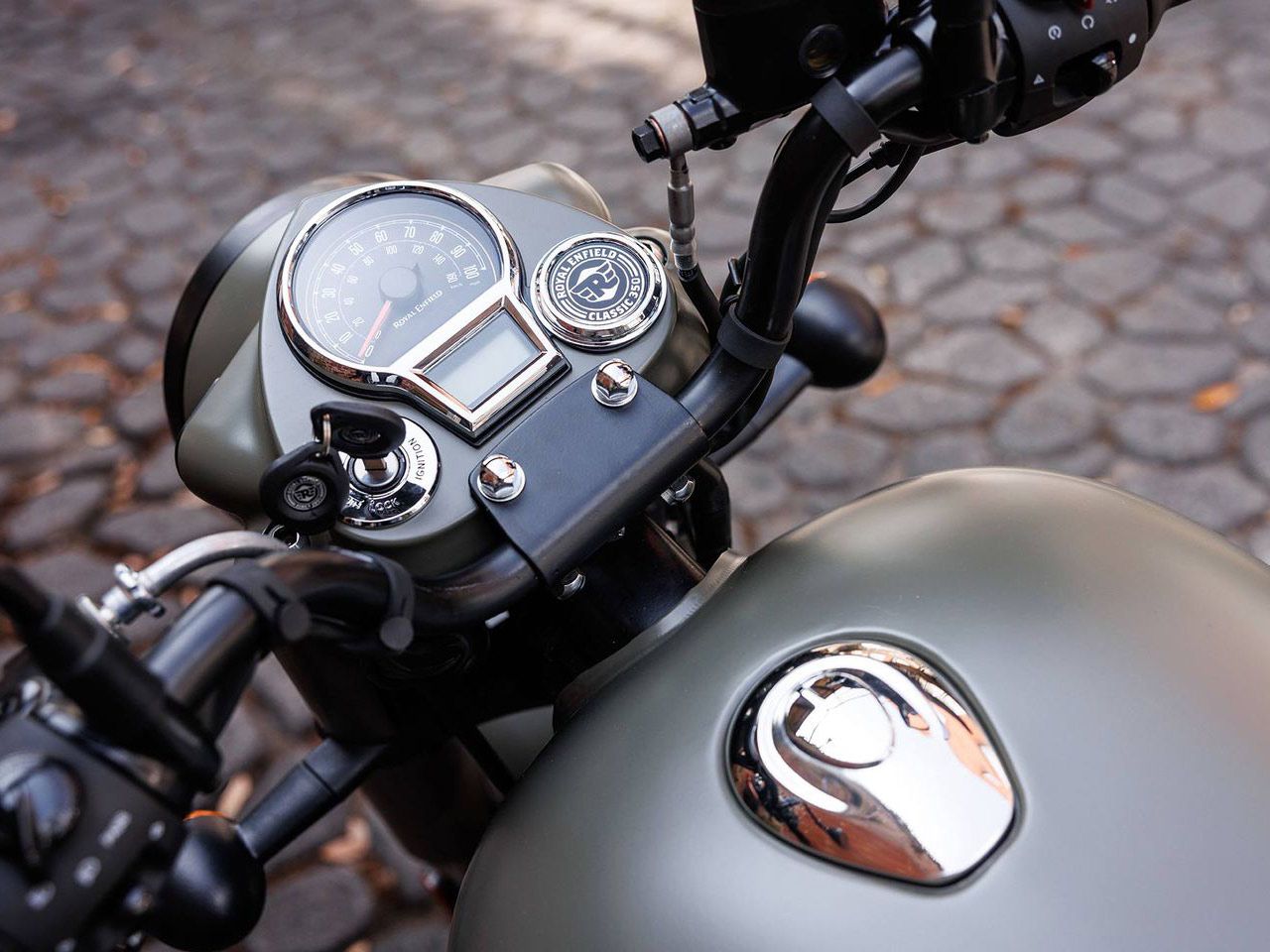
Electronics
The only “rider aids” that come on the Classic 350 are ABS brakes, and you could argue that fuel injection is an aid to less hassles!
Warranty and Maintenance Coverage
Royal Enfield offers an almost unheard of three-year, unlimited-mileage warranty and roadside assistance, the latter of which may come in handy with those inner-tube wheels.
Quality
Royal Enfield’s reputation has improved dramatically over the years, and the aforementioned warranty seems to prove that the company has a lot of confidence in its latest offerings. And with an almost unprecedented duration, there isn’t much to worry about. Go for it.
2022 Royal Enfield Classic 350 Claimed Specifications
| MSRP: | $4,499–$4,699 |
| Engine: | 349cc, SOHC, air/oil-cooled single |
| Bore x Stroke: | 72.0 x 85.8mm |
| Transmission/Final Drive: | 5-speed/chain |
| Claimed Horsepower: | 20.2 hp @ 6,100 rpm |
| Claimed Torque: | 19 lb.-ft. @ 4,000 rpm |
| Fuel Delivery: | Electronic fuel injection w/ 32mm throttle body |
| Clutch: | Wet, multiple disc; cable operation |
| Engine Management/Ignition: | Electronic |
| Frame: | Twin-downtube spine steel |
| Front Suspension: | 41mm telescopic fork; 5.1 in. travel |
| Rear Suspension: | Twin-tube emulsion shock absorbers, preload adjustable |
| Front Brake: | ByBre 2-piston floating caliper, 300mm disc w/ ABS |
| Rear Brake: | ByBre 1-piston floating caliper, 270mm disc w/ ABS |
| Wheels, Front/Rear: | Spoked wheels w/ alloy rims (Signals, Halcyon, Chrome) / 10-spoke alloy (Dark Stealth); 19 in./18 in. |
| Tires, Front/Rear: | 100/90-19 / 120/80-18 |
| Rake/Trail: | 26.0°/4.4 in. |
| Wheelbase: | 54.7 in. |
| Ground Clearance: | 6.7 in. |
| Seat Height: | 31.7 in. |
| Fuel Capacity: | 3.4 gal. |
| Wet Weight: | 430 lb. |
| Contact: | royalenfield.com |
Source: MotorCyclistOnline.com

